
ISSUE 39 F/W 2025/26
PIN–UP 39. Guest-edited by Frida Escobedo. This issue brings together critical work by Escobedo’s friends and colleagues and her own research on domesticity, its theoretical implications, and its material challenges. From intimate conversations about family rituals to beautiful interiors that defy how we think about comfort and luxury, the question remains: How do the larger structures that shape our world mirror themselves in our most intimate spaces? Who cooks? Who cleans? And what kind of sofa do we want to sit on?
VIEW ISSUE →
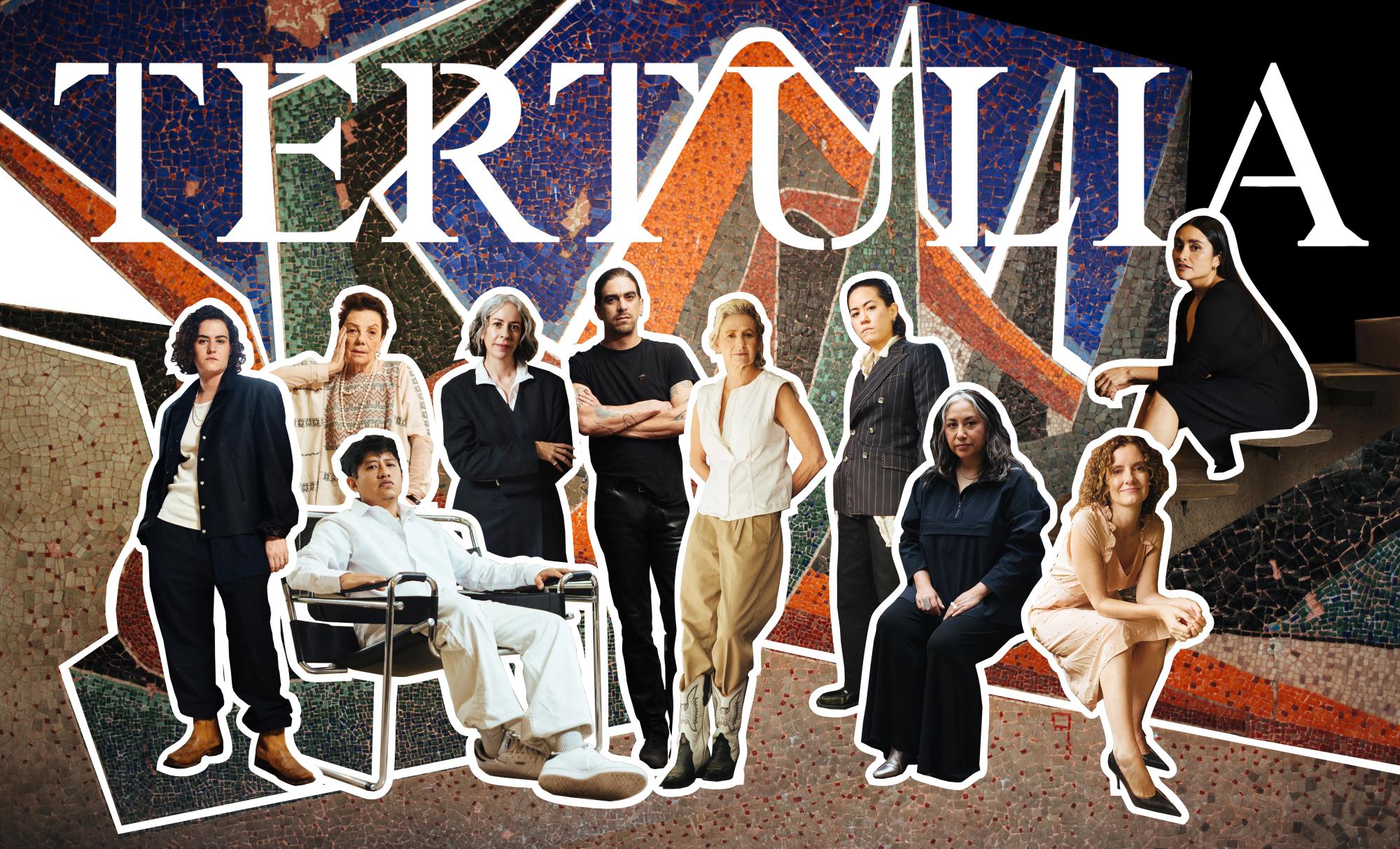
Story
FRIDA ESCOBEDO’S TERTULIA
by Layla Fassa, Axelle Dechelette

Story
JESSI REAVES’S DOMESTIC MISFITS AT THE WALKER

Interview
FRIDA ESCOBEDO AND SAM CHERMAYEFF DEBATE PRIVACY, DOMESTIC NORMS, AND THE PERFECT SOFA
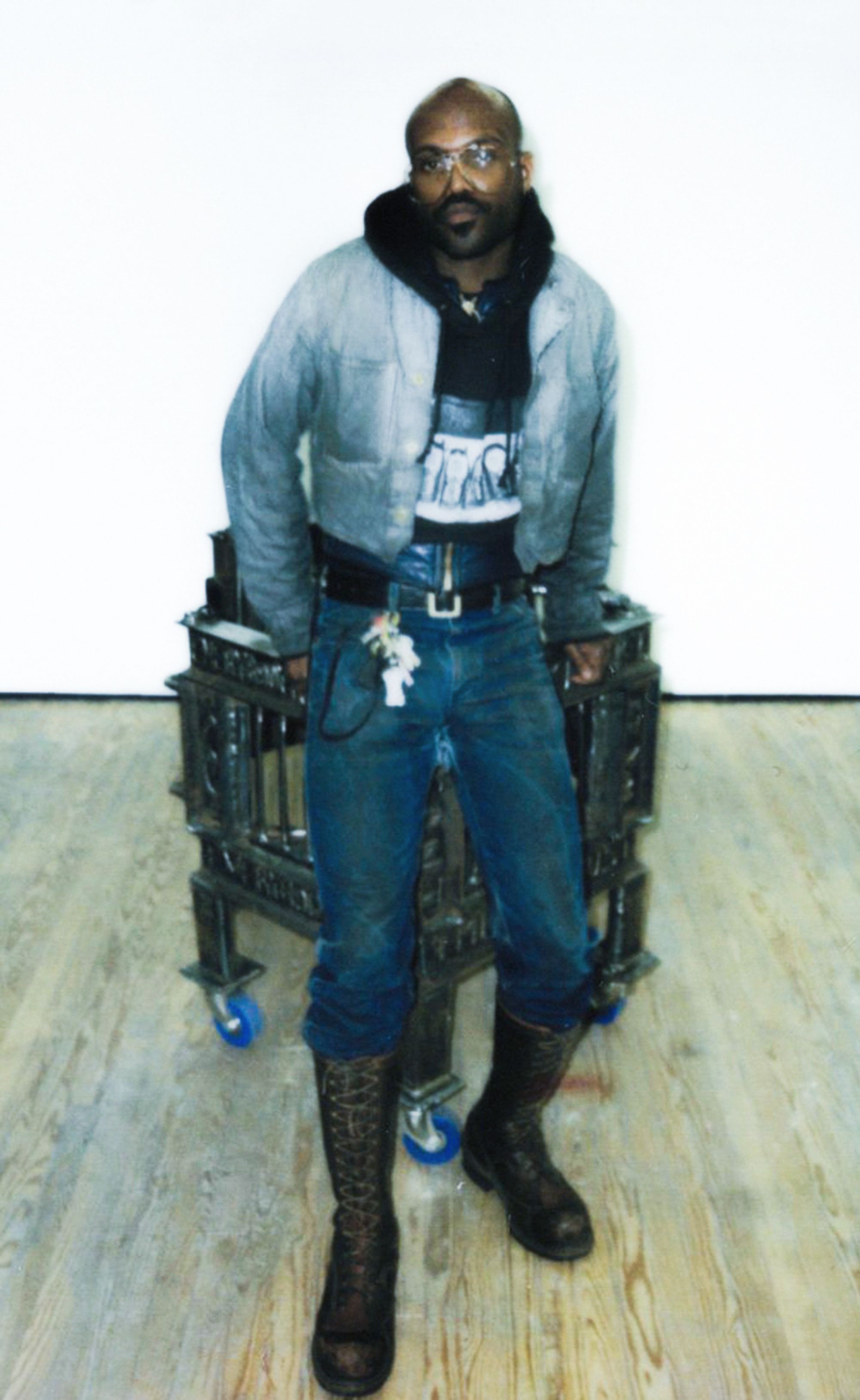
Interview
ISAIAH DAVIS IS PLAYING WITH FIRE
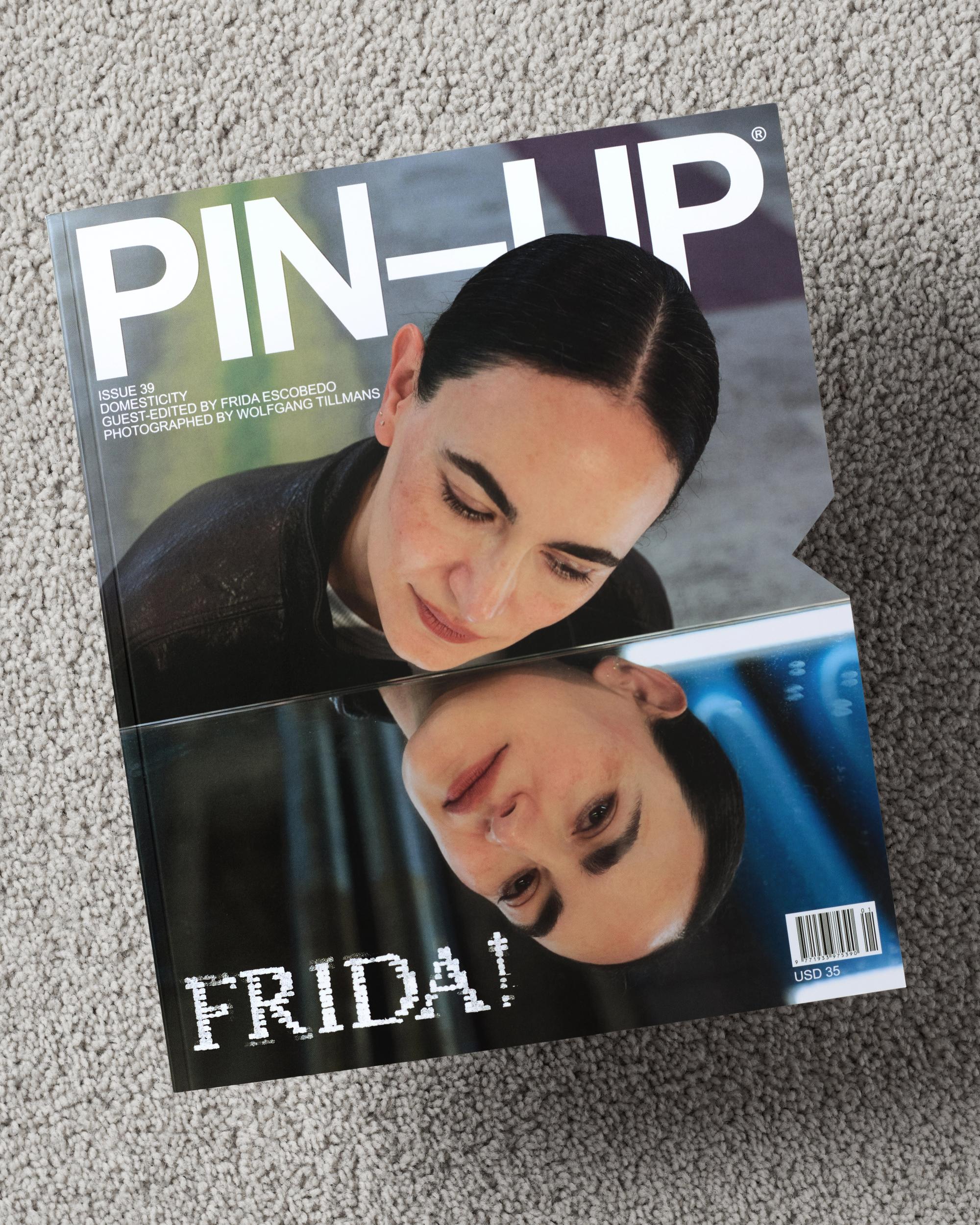
Story
INTRODUCING THE DOMESTICITY ISSUE WITH FRIDA ESCOBEDO
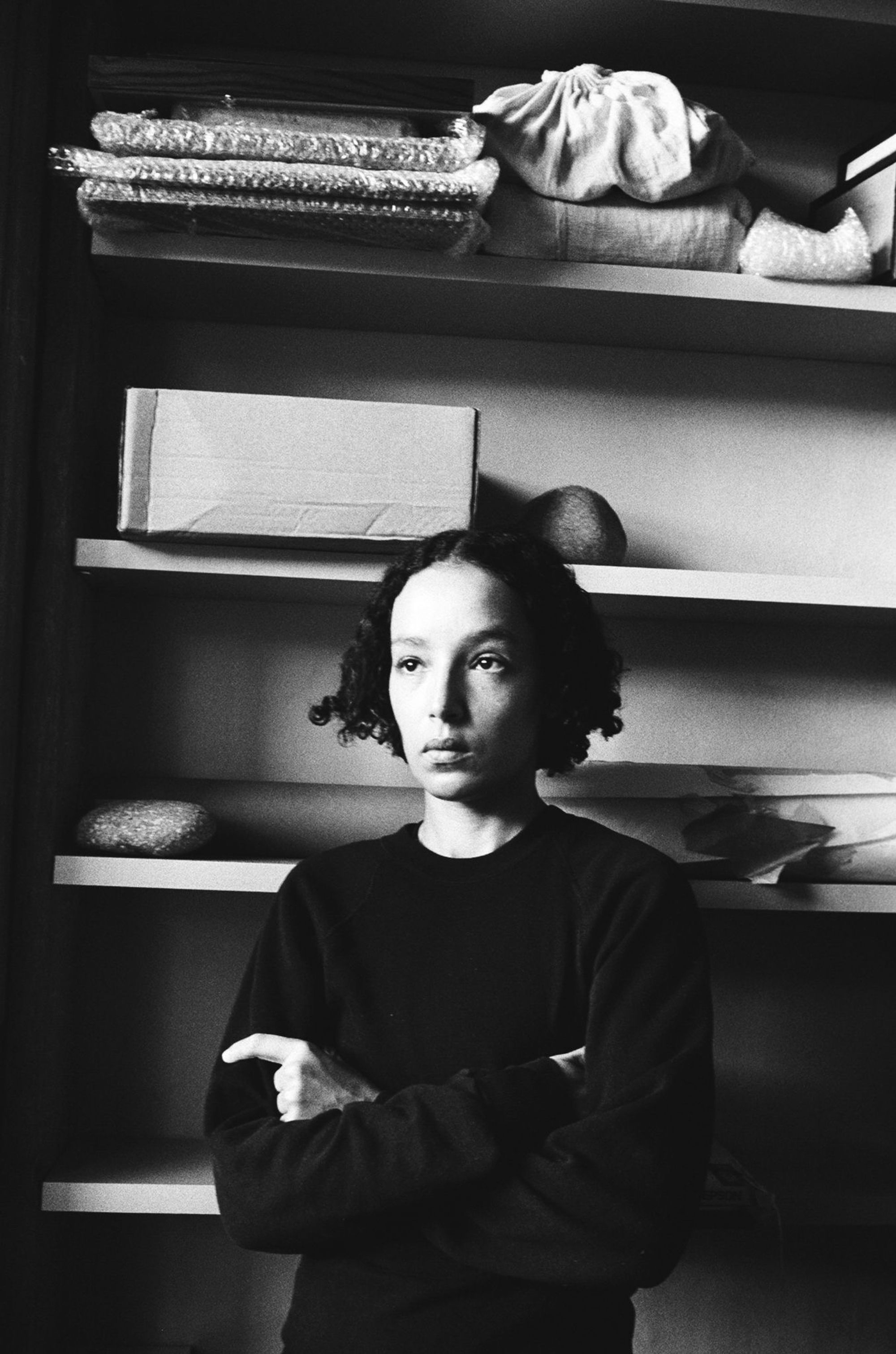
Story
JF’S HIT LIST

Story
PIN–UP INTERVIEWS, VOL. 1
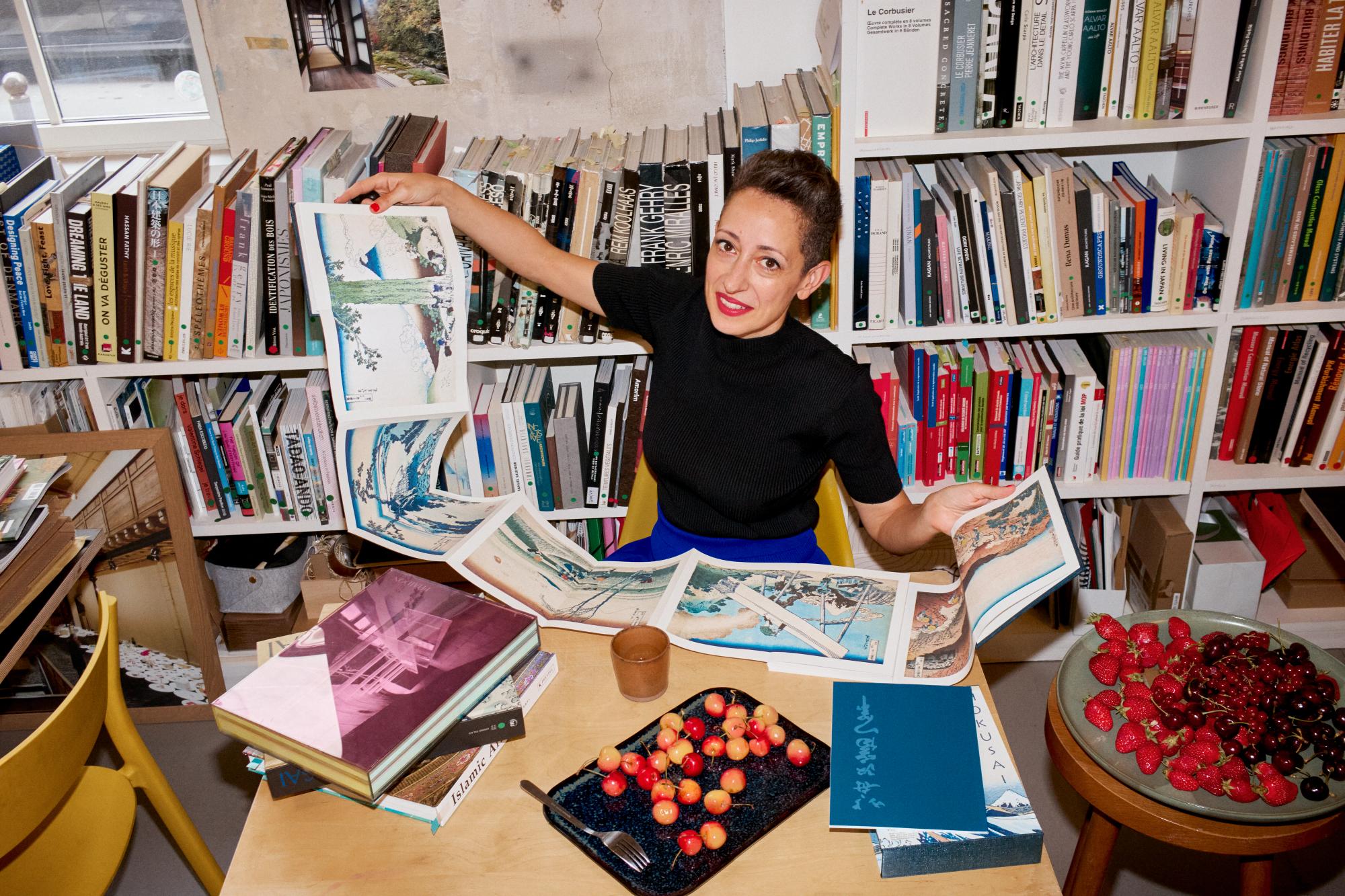
Interview
LINA GHOTMEH’S ARCHAEOLOGY OF THE FUTURE
by Andrew Ayers
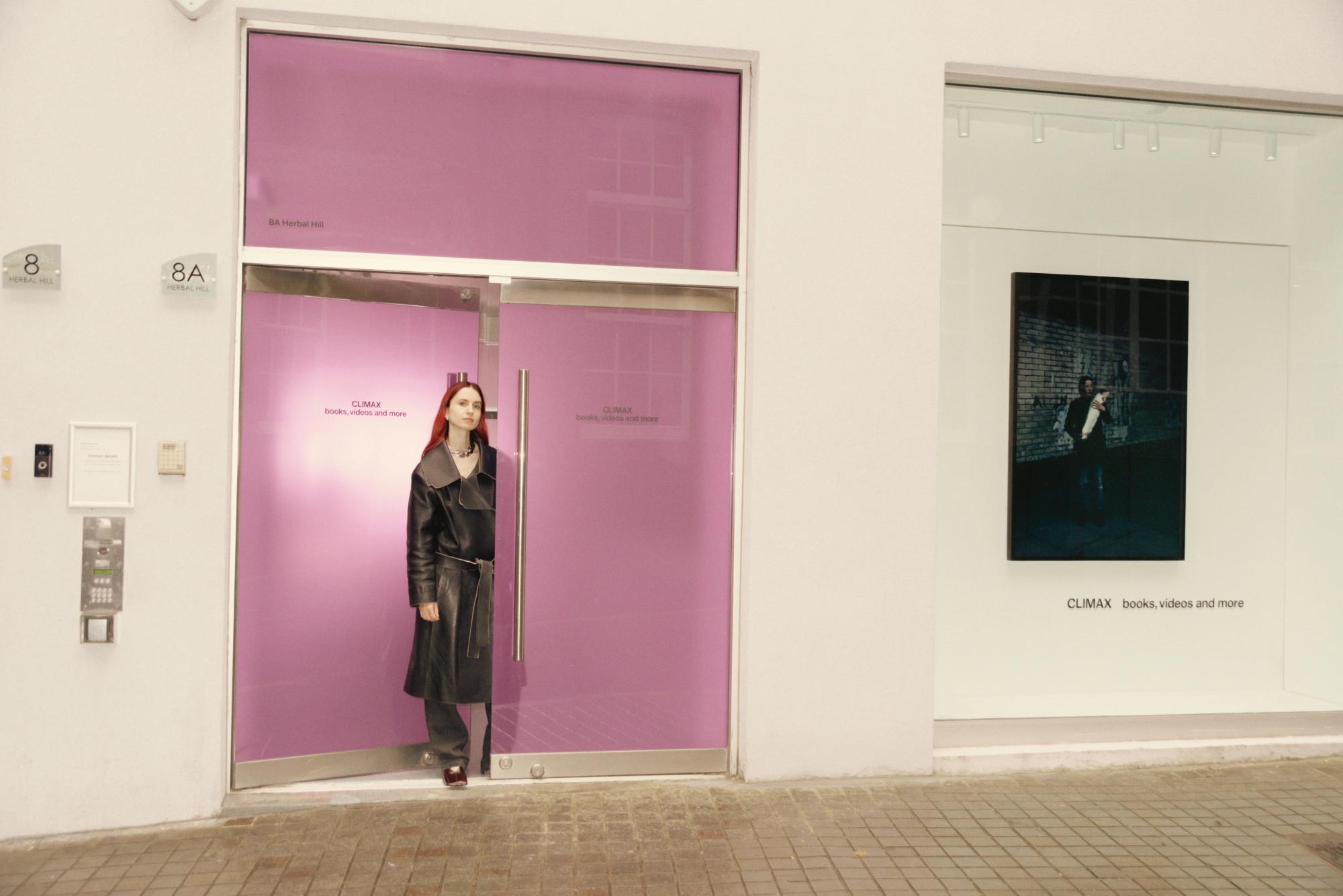
Interview
RISING ACTION: ISABELLA BURLEY TALKS BUILDING CLIMAX
by Angel Harvey-Ideozu

Interview
FRANK GEHRY REFLECTS ON HIS LEGACY

Interview
PETER SAVILLE WEAVES HIS COLOR CODE IN WOOL FOR KVADRAT
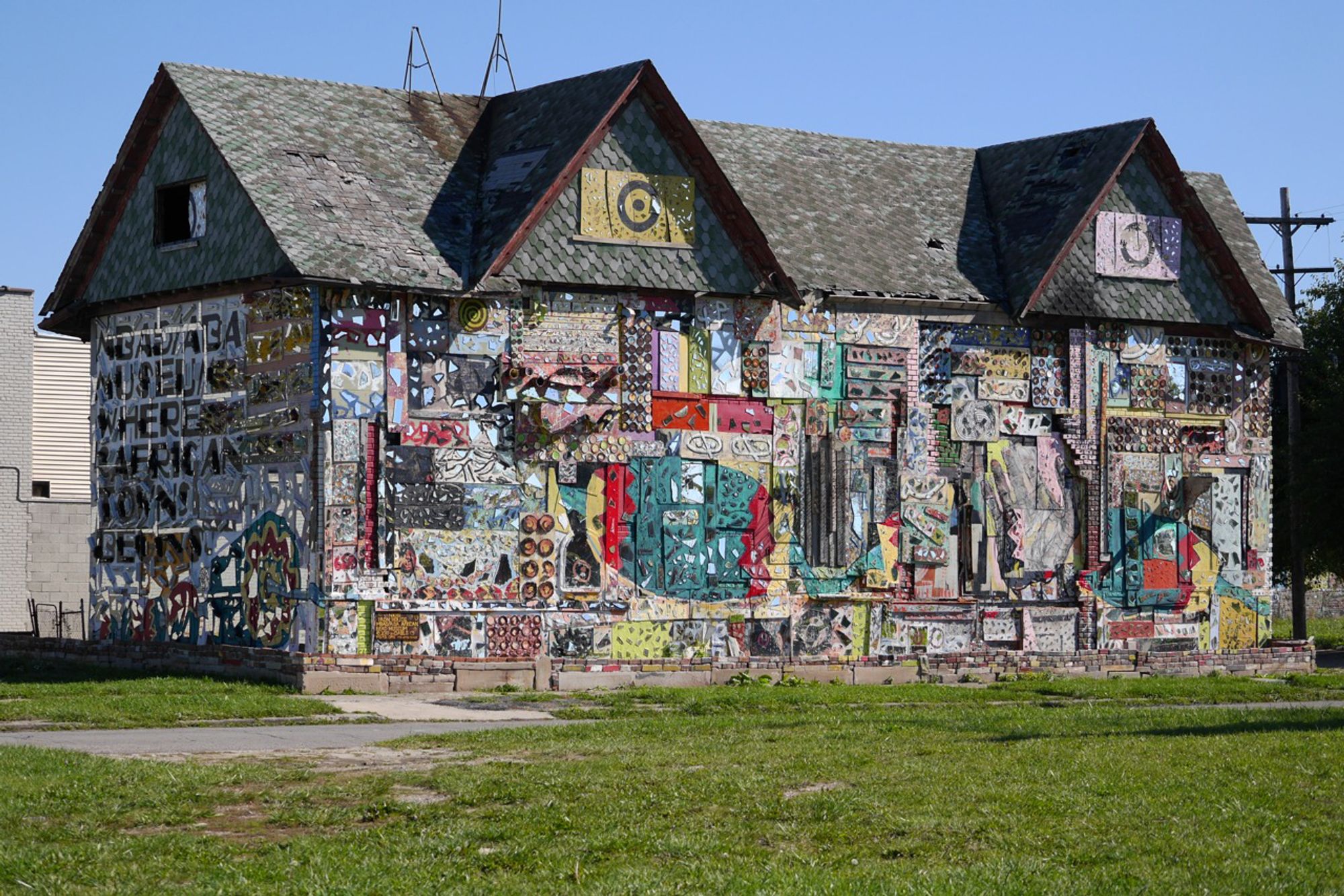
Story
DETROIT, UNESCO CITY OF DESIGN, TEN YEARS LATER

Story
JUDD’S RESTORED ARCHITECTURE OFFICE BRINGS HIS VISION BACK TO LIFE

Interview
SOFA TALK: INTERVIEW WITH LICHEN FOUNDERS ED BE AND JARED BLAKE
by Oscar Peña
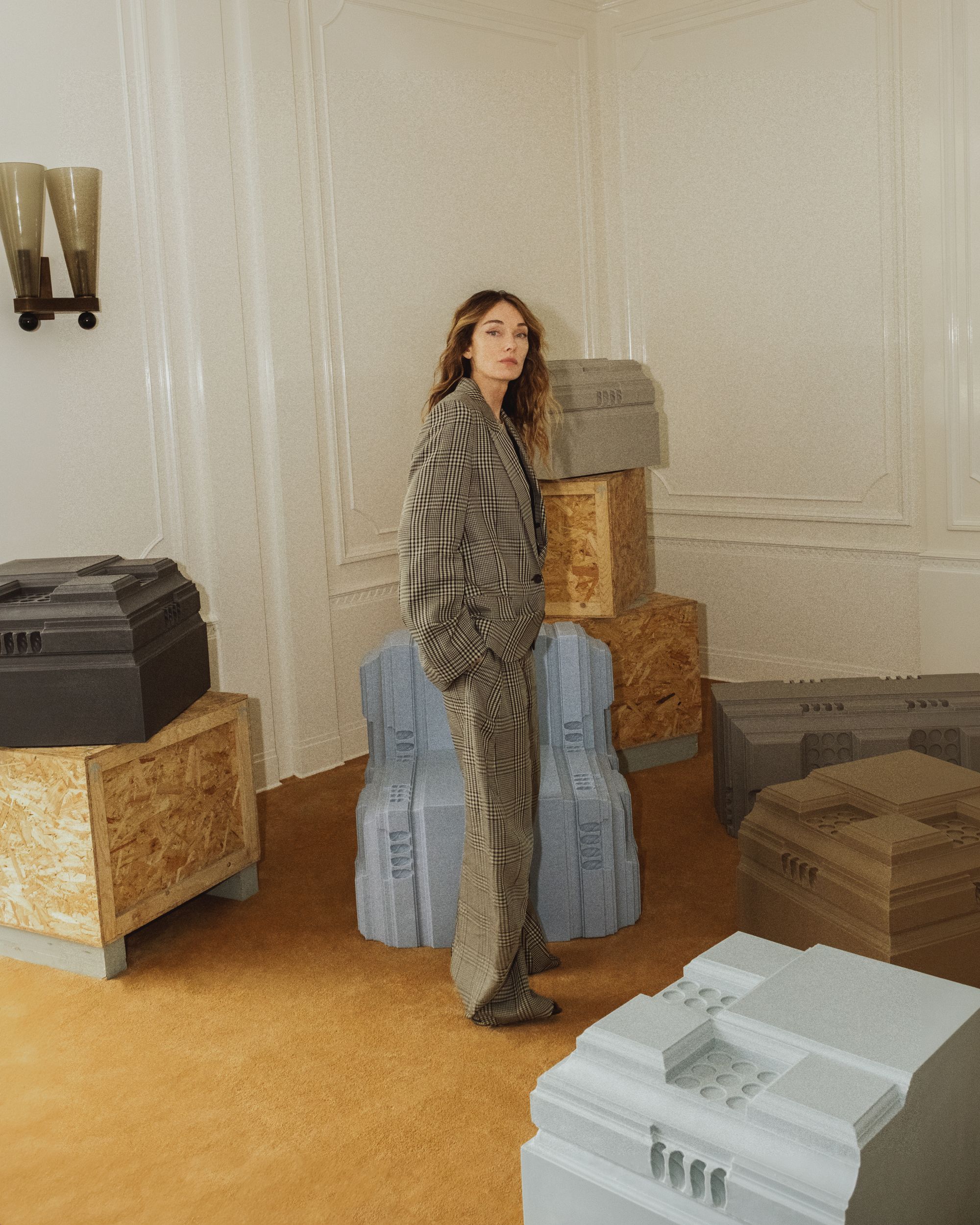
Story
KELLY WEARSTLER INVITES ARTISTS INTO HER POOL HOUSE WITH SIDE HUSTLE

Interview
JOSÉ ESPARZA CHONG CUY ON CARRYING STOREFRONT’S FOUNDING SPIRIT FORWARD
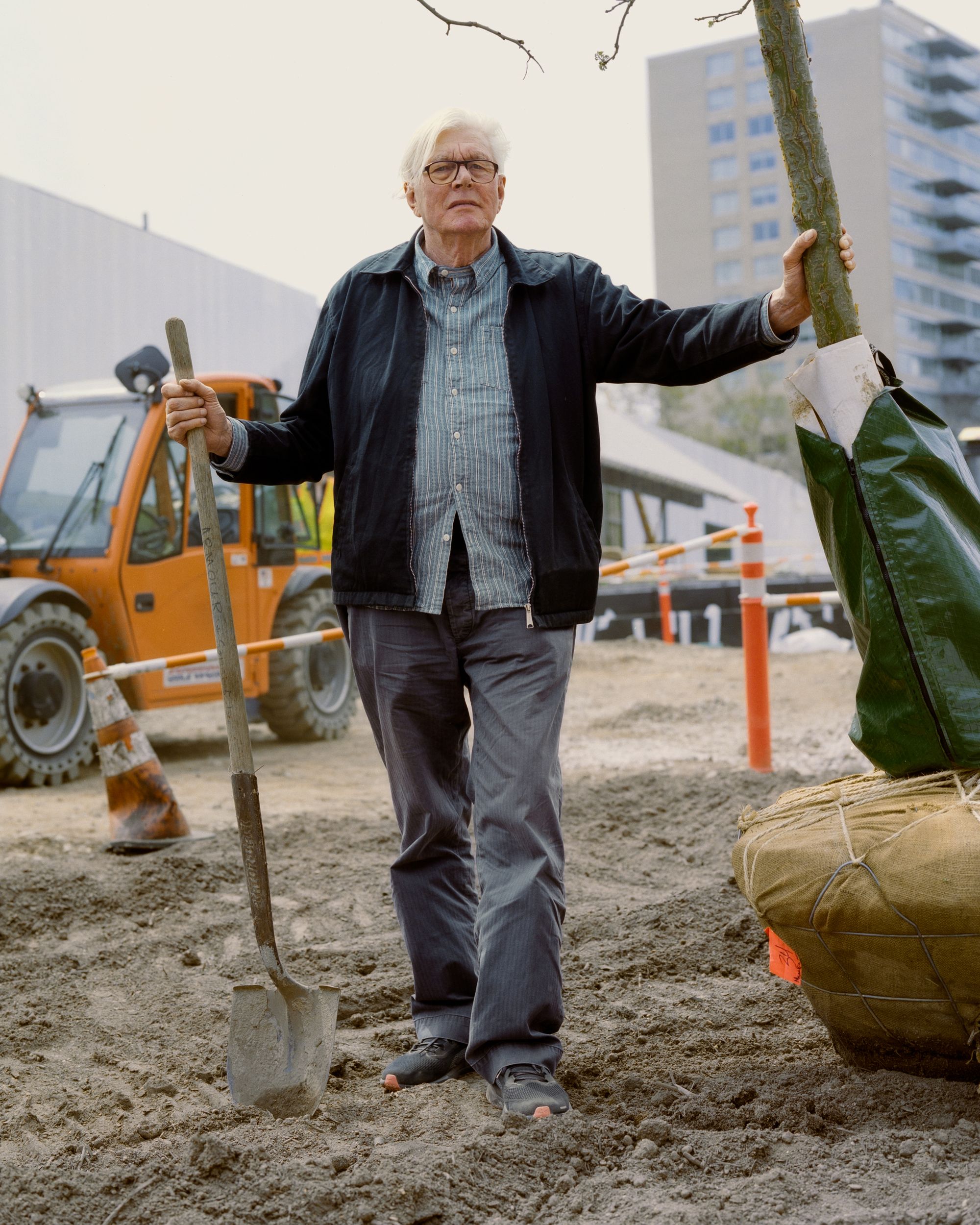
Interview
PIET OUDOLF, THE KING OF PERENNIALS
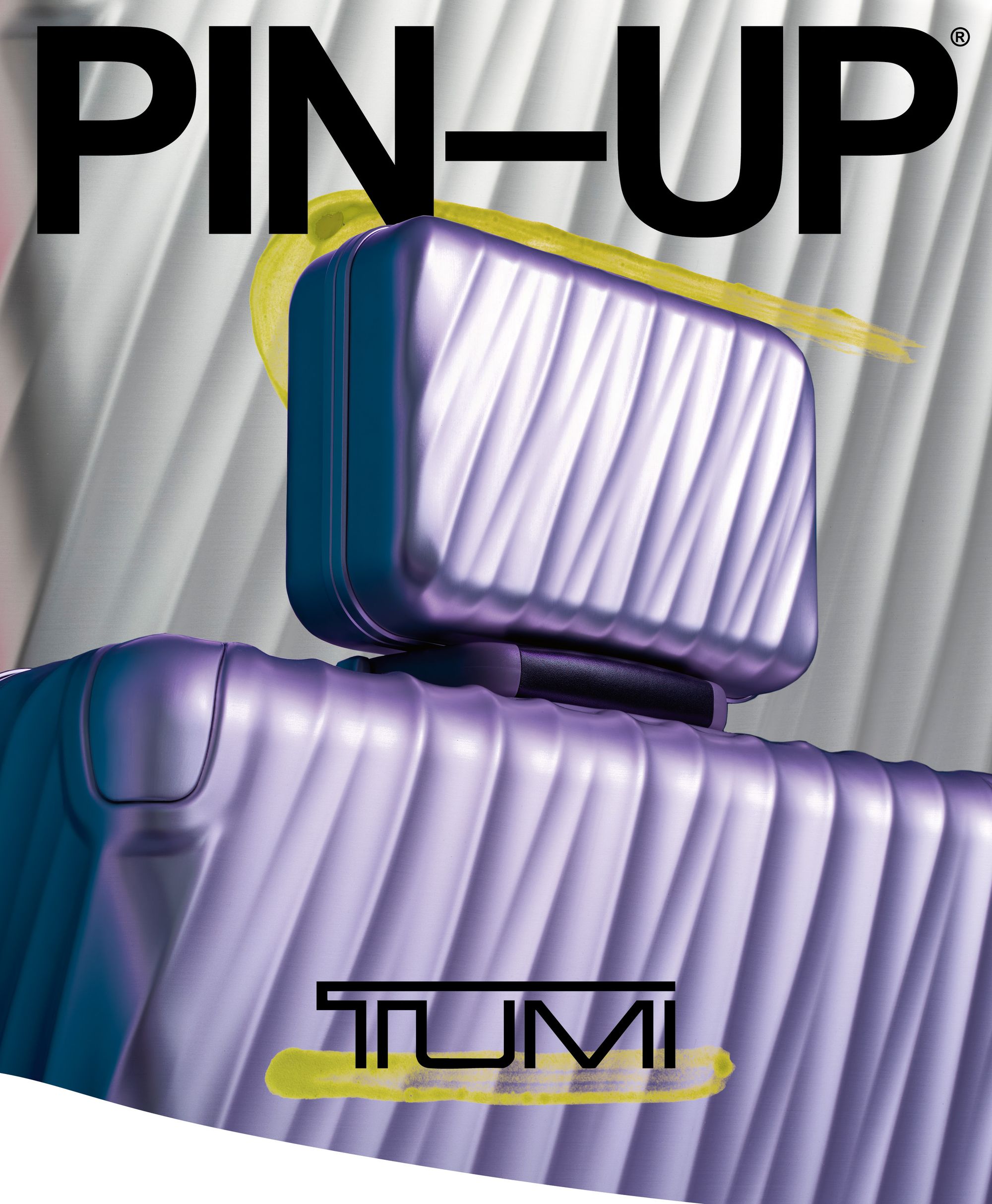
Interview
UNPACKING MEMORIES WITH TUMI CREATIVE DIRECTOR VICTOR SANZ
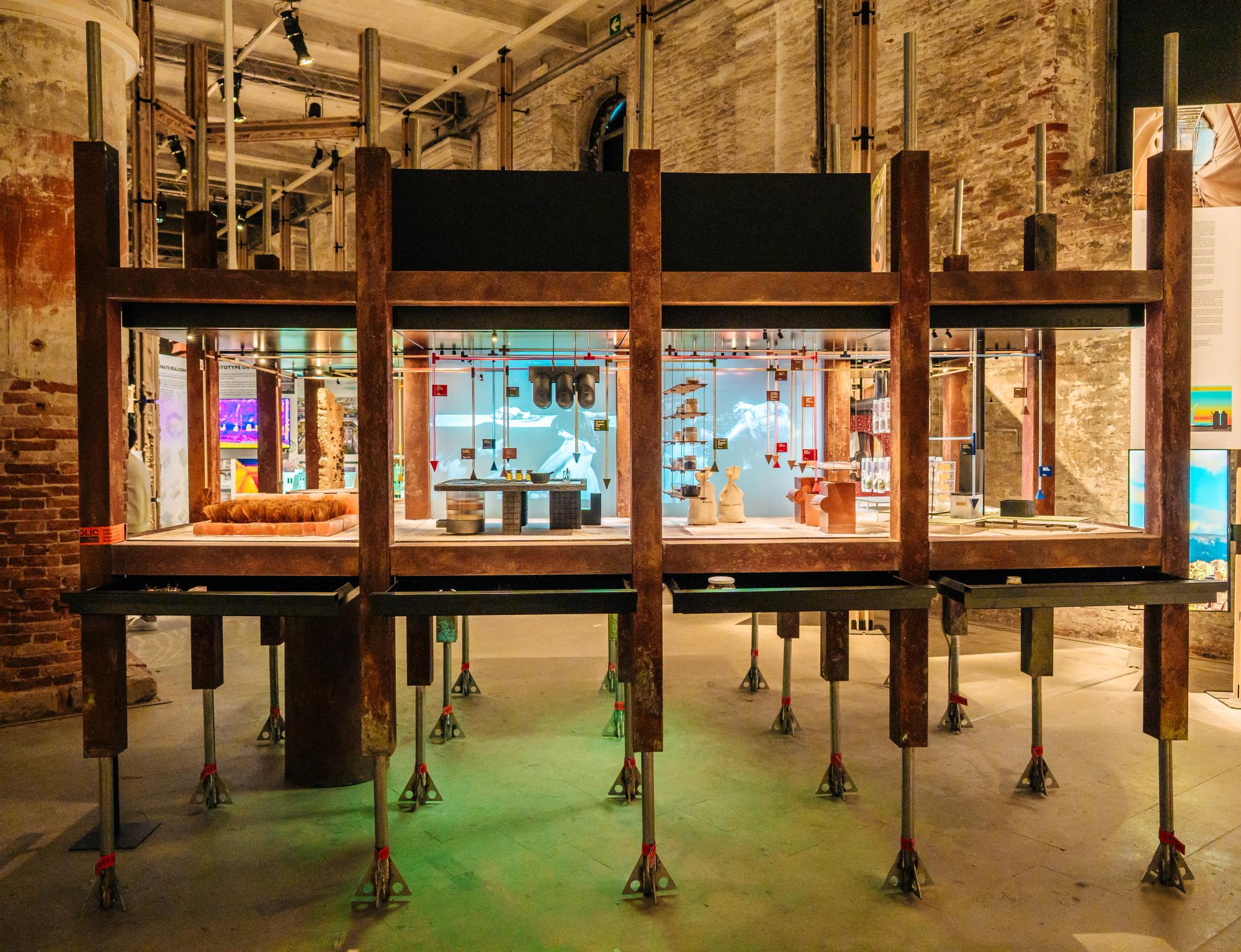
Interview
A METABOLIC HOME BY LYDIA KALLIPOLITI AND ARETI MARKOPOULOU

Story
SHEILA HICKS’S ALTIPLANO TAKES WEAVING TO NEW HEIGHTS
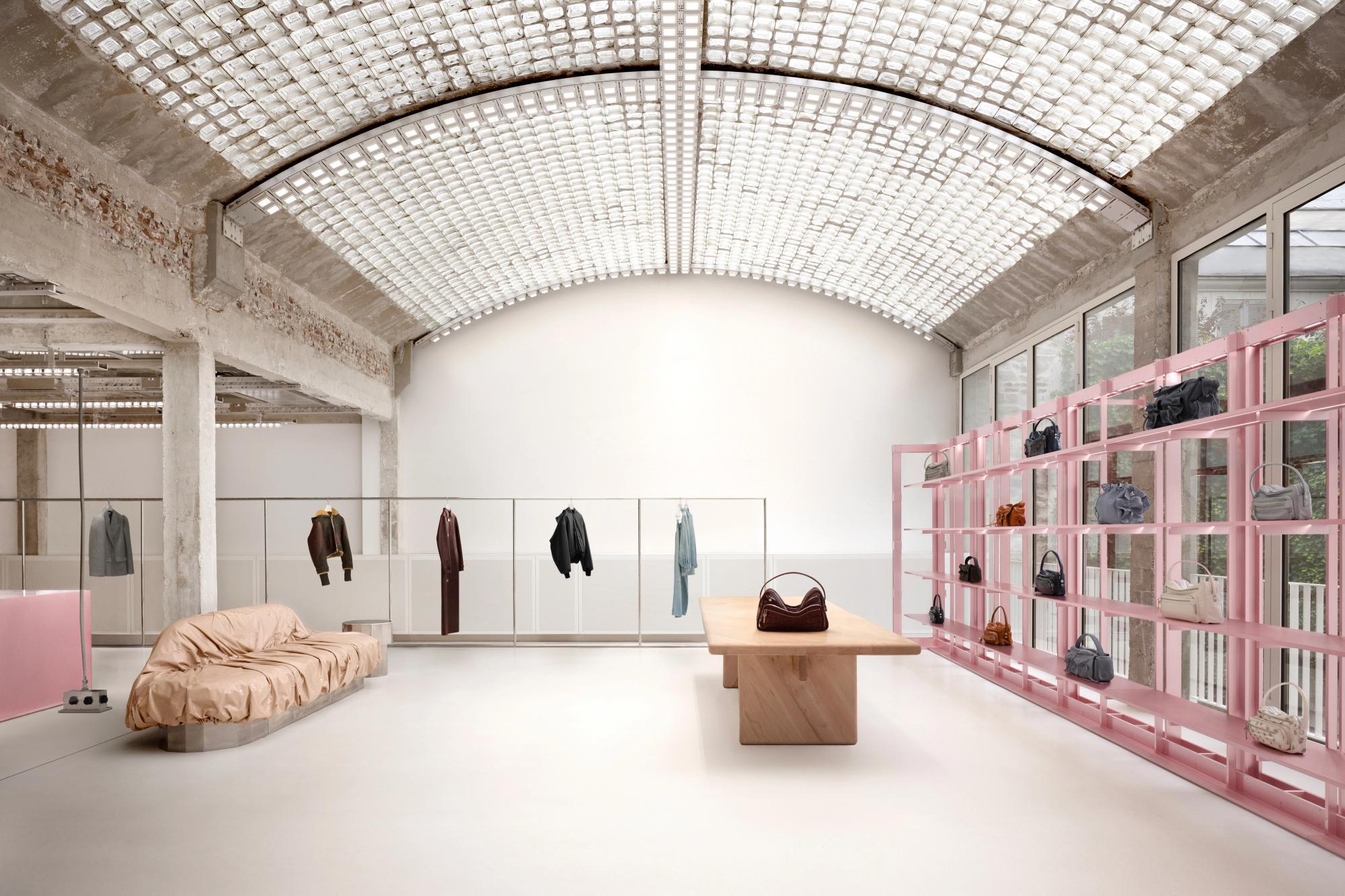
Story
INSIDE ACNE STUDIOS’ NEW PARIS HQ
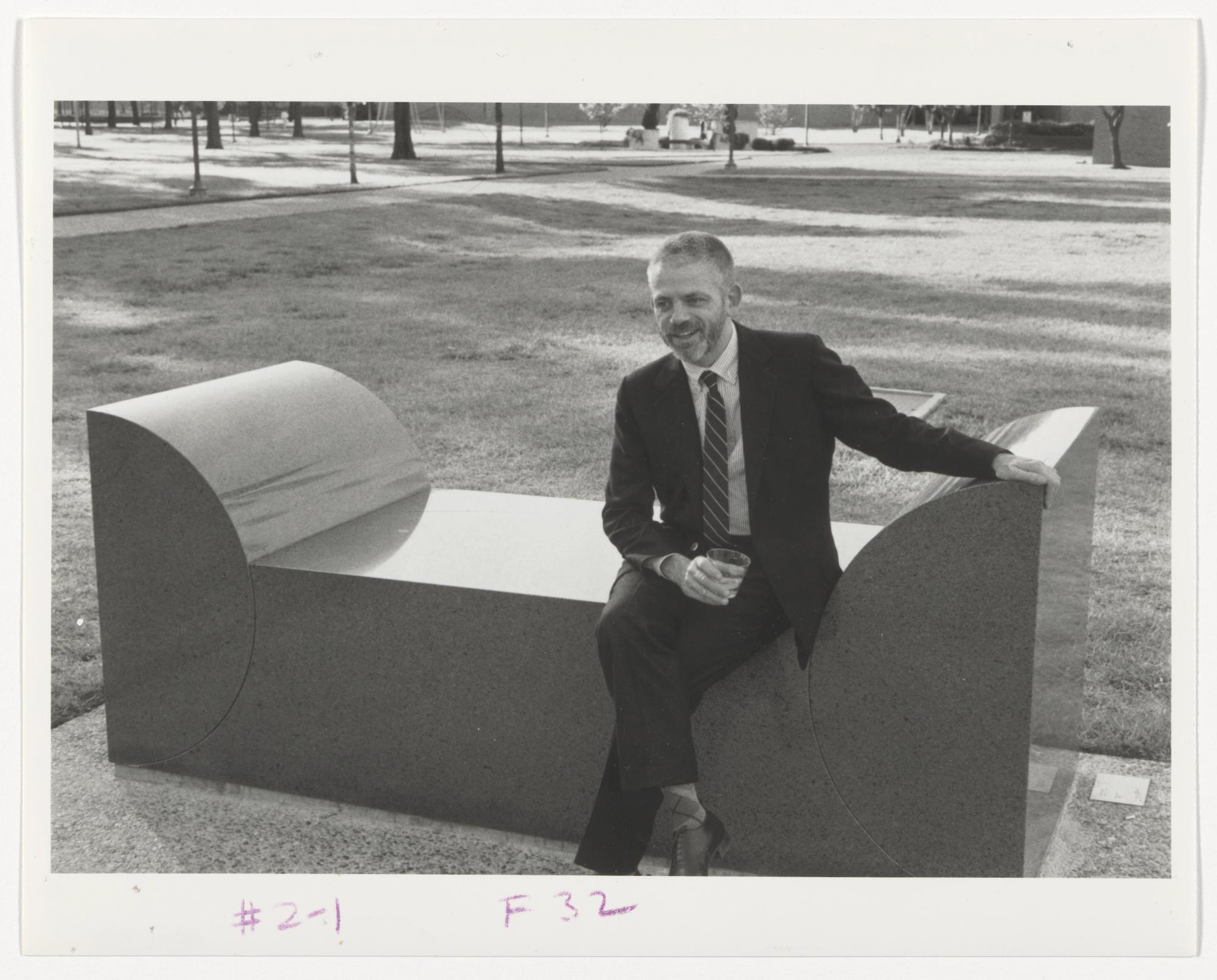
Story
SCOTT BURTON’S QUEER TAXONOMY OF MOVEMENT
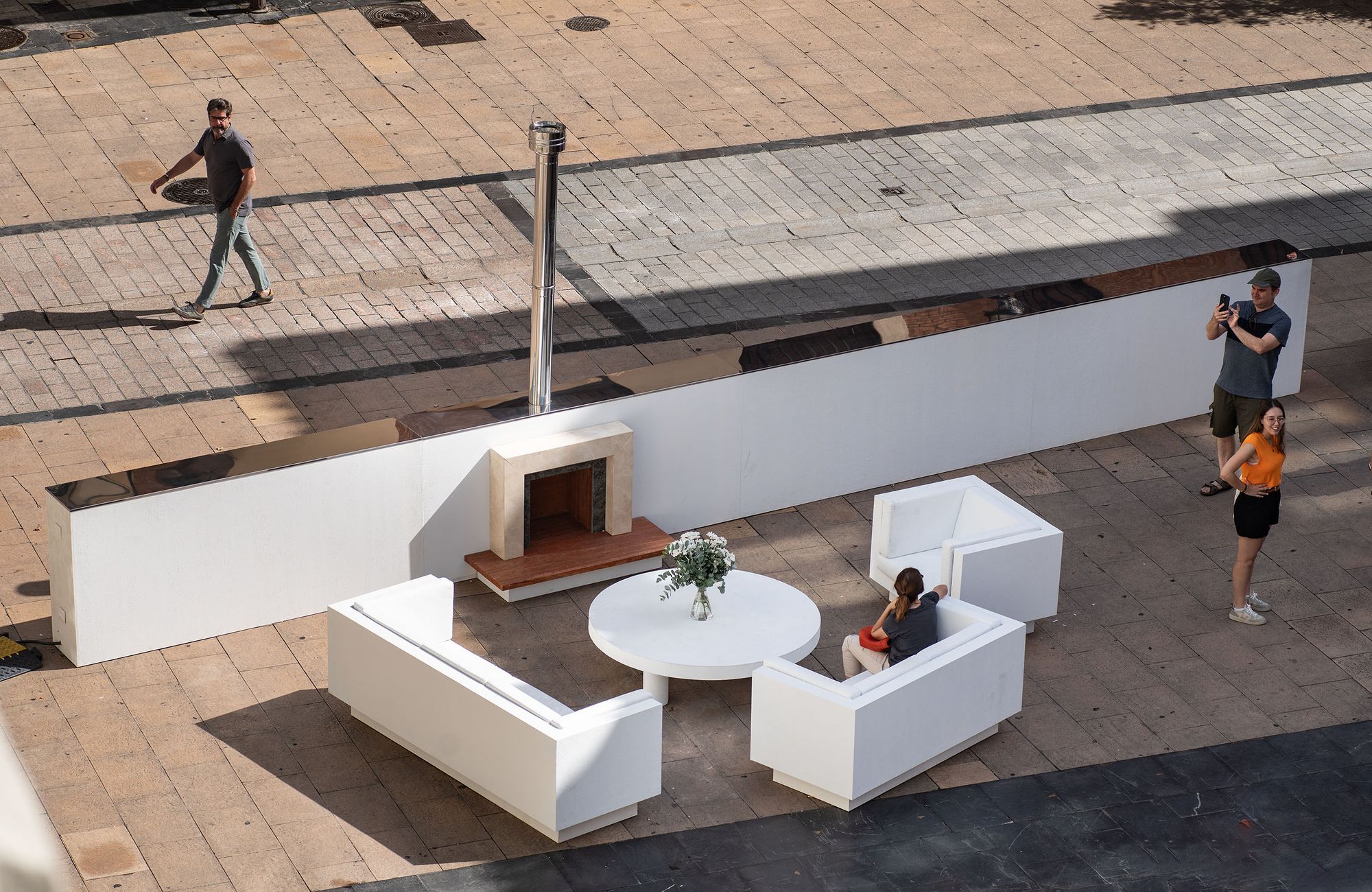
Story
PLAYING THE TOWN SQUARE AT CONCÉNTRICO 2025
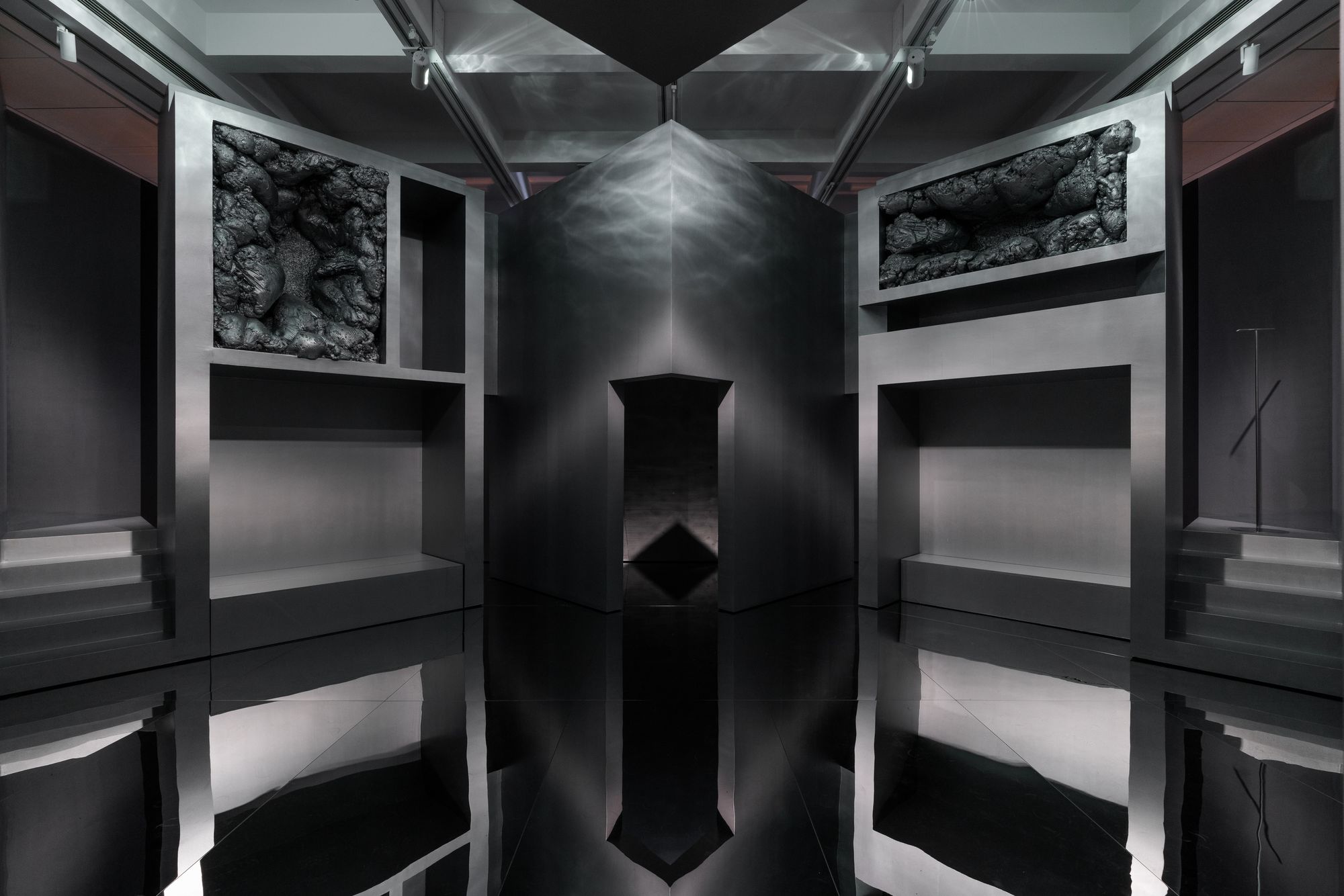
Interview
THE ARCHITECTURE OF DISCOMFORT IN IRENA HAIDUK’S NULA
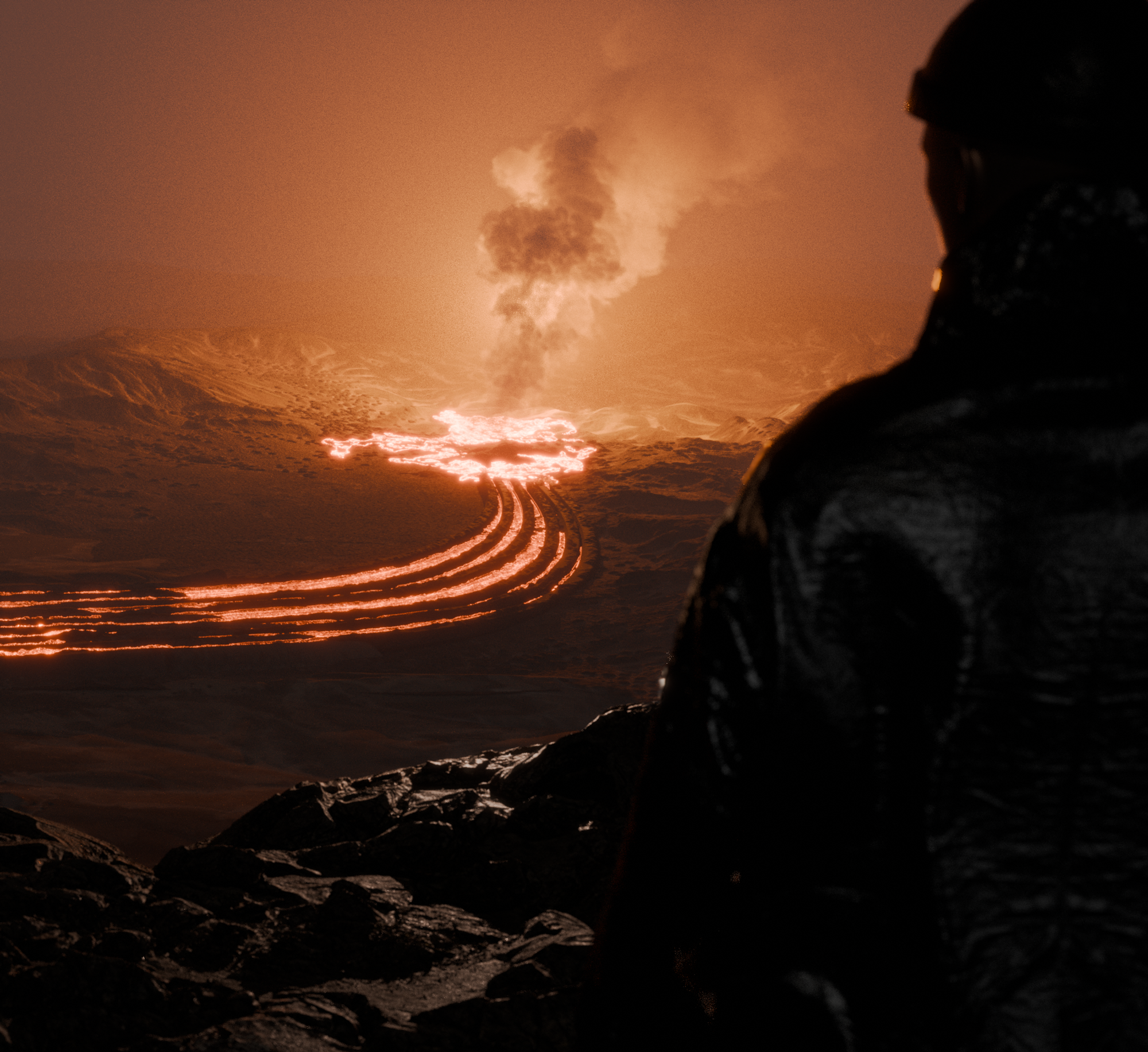
Story
BUILDING WITH LAVA AT THE ICELANDIC PAVILION
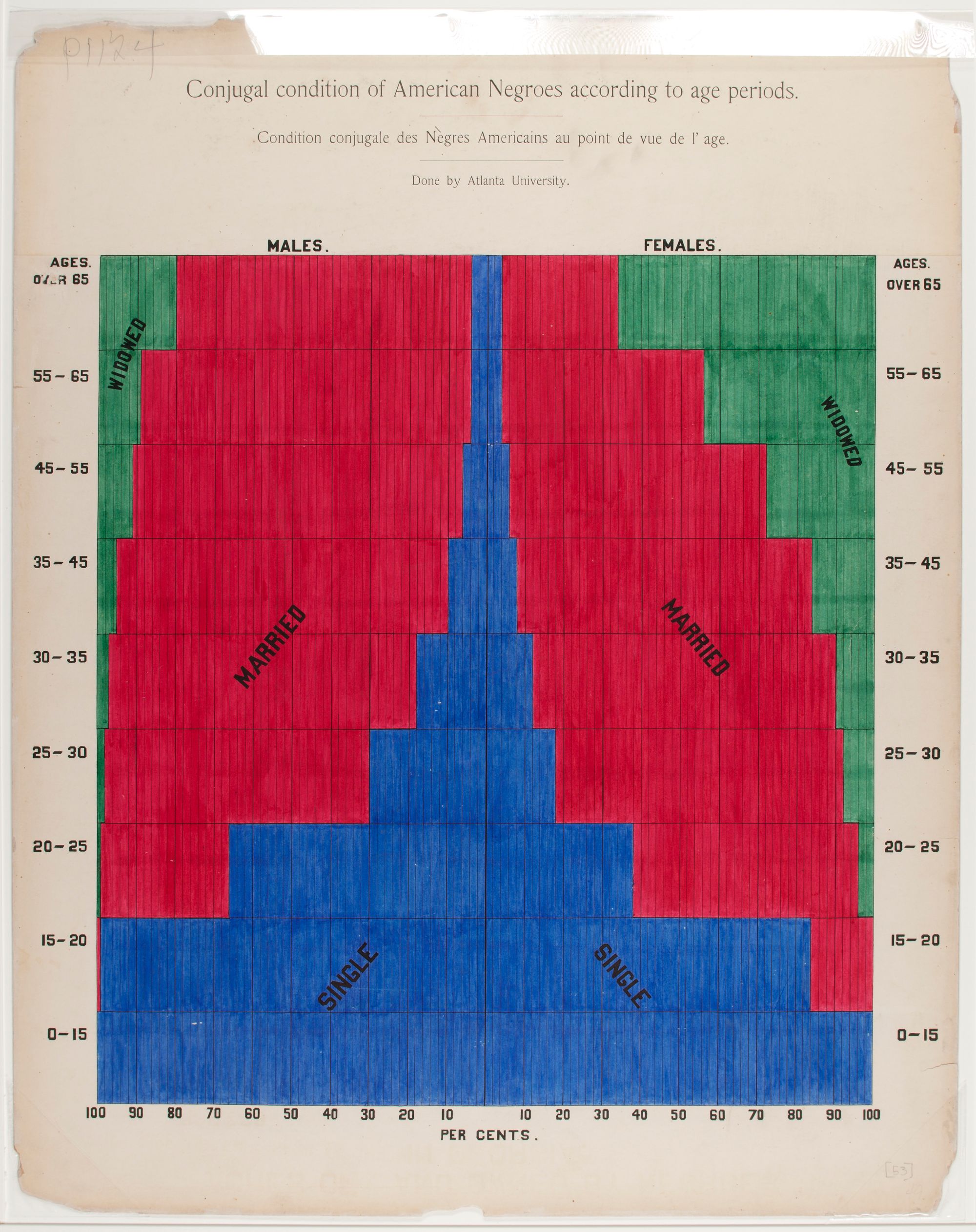
Story
DATA DRAMA AT FONDAZIONE PRADA
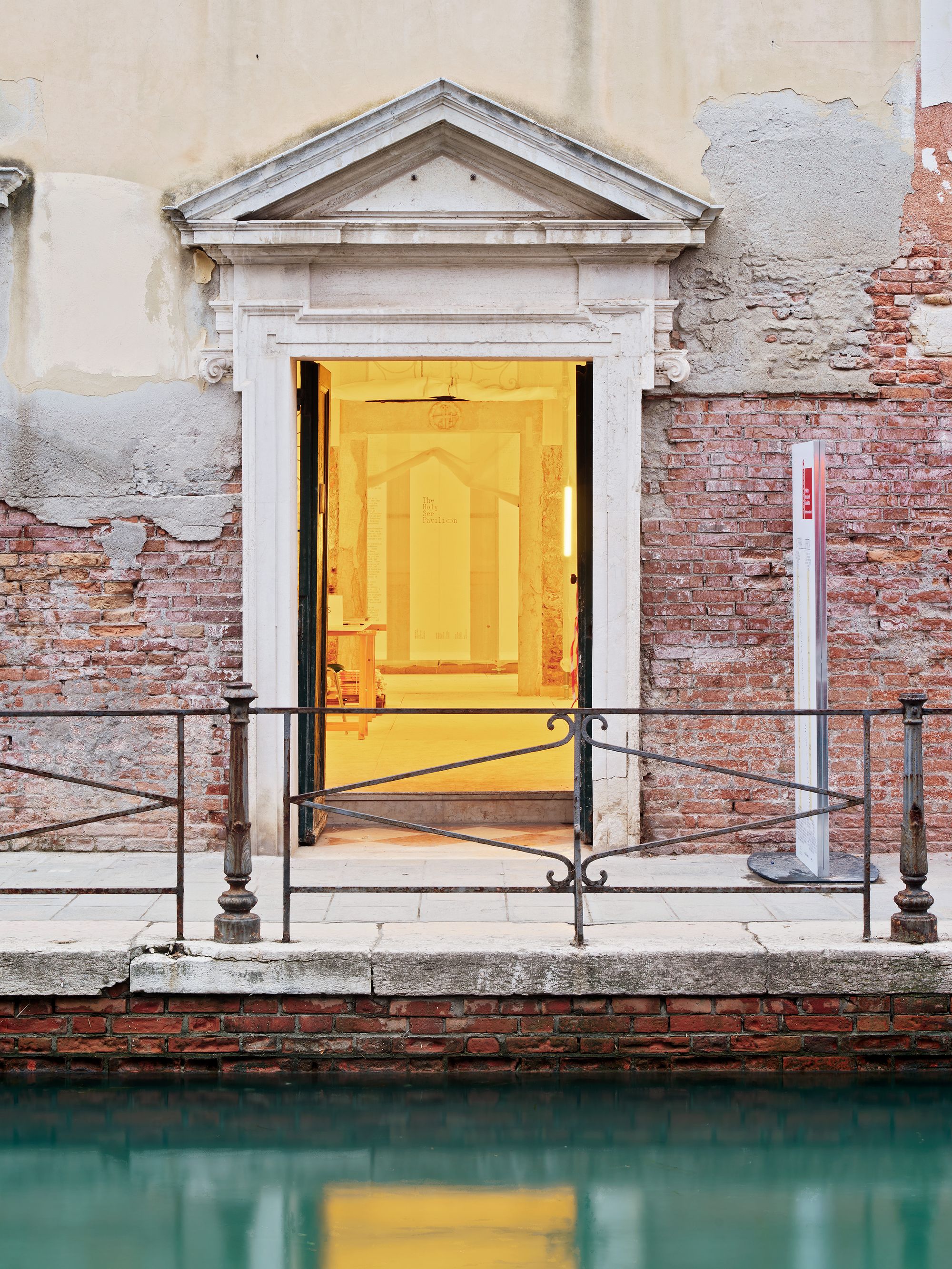
Story
FOUR FAVORITES FROM GSAPP’S VENICE ARCHITECTURE BIENNALE
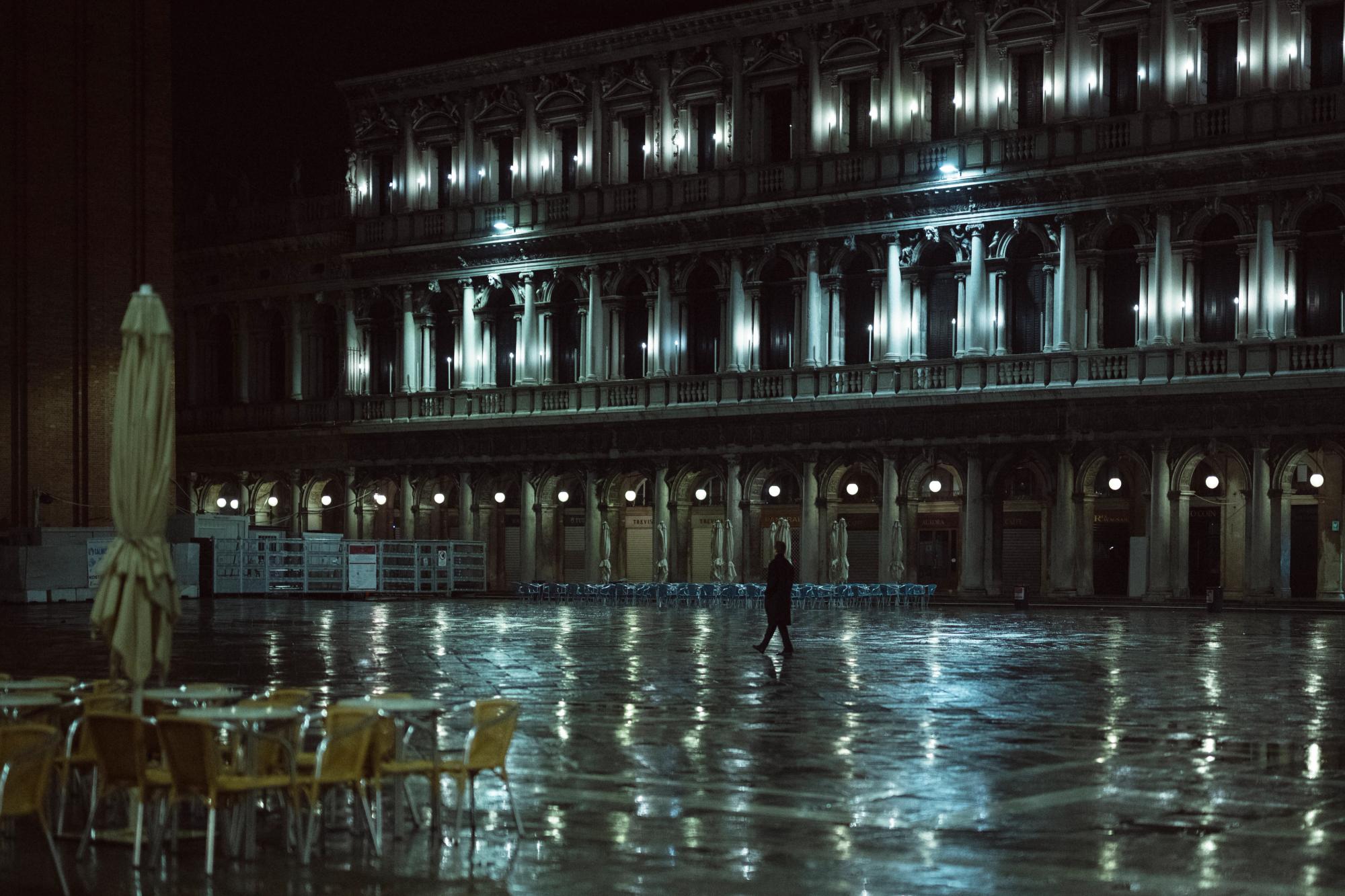
event
GSAPP AND PIN–UP CO-HOST A MIDNIGHT MEETING IN VENICE
by PIN–UP
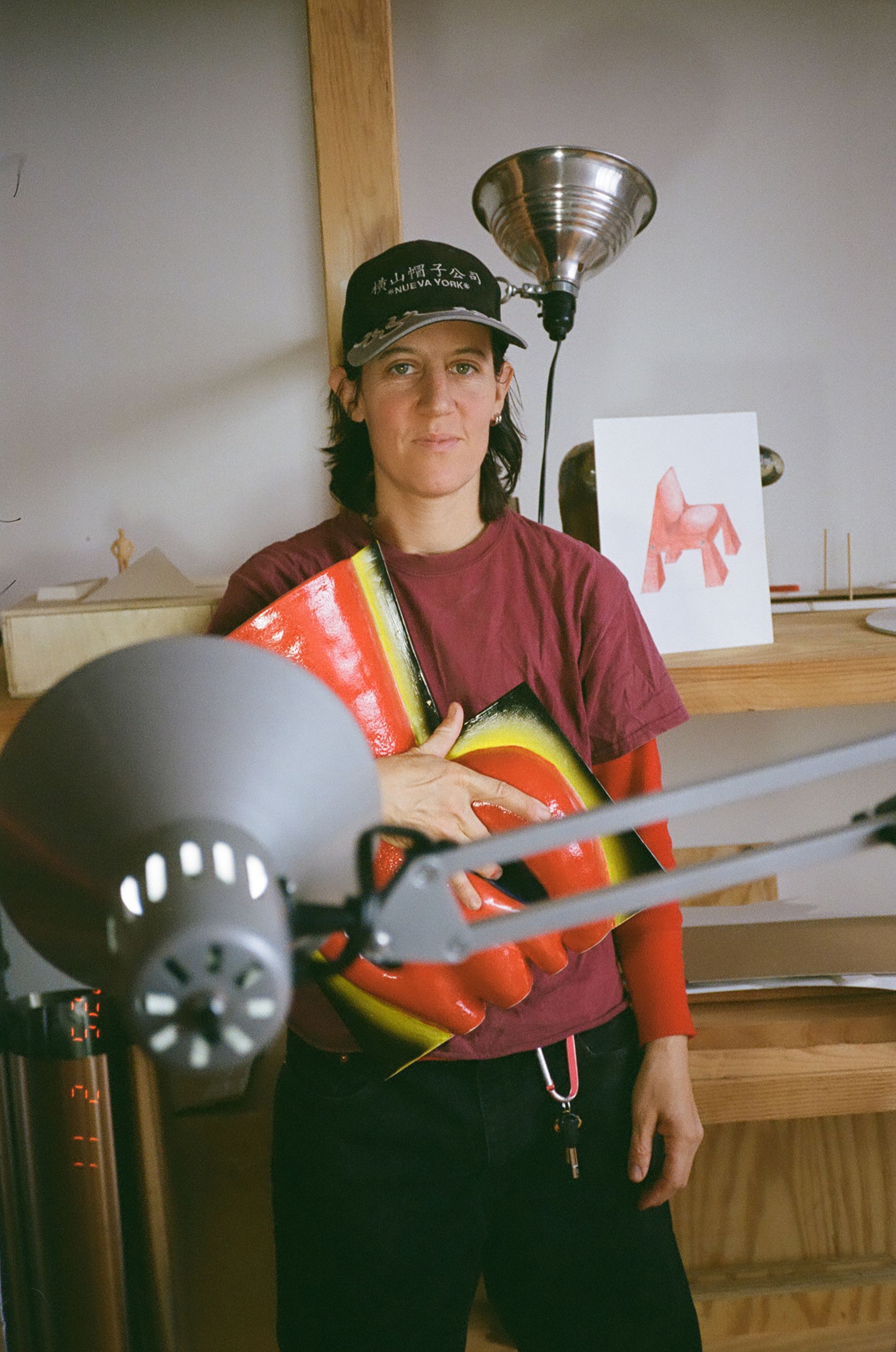
Interview
AN INTERVIEW WITH ALEXIS SABLONE

Interview
PIERO GANDINI’S RETURN TO FLOS B&B ITALIA GROUP
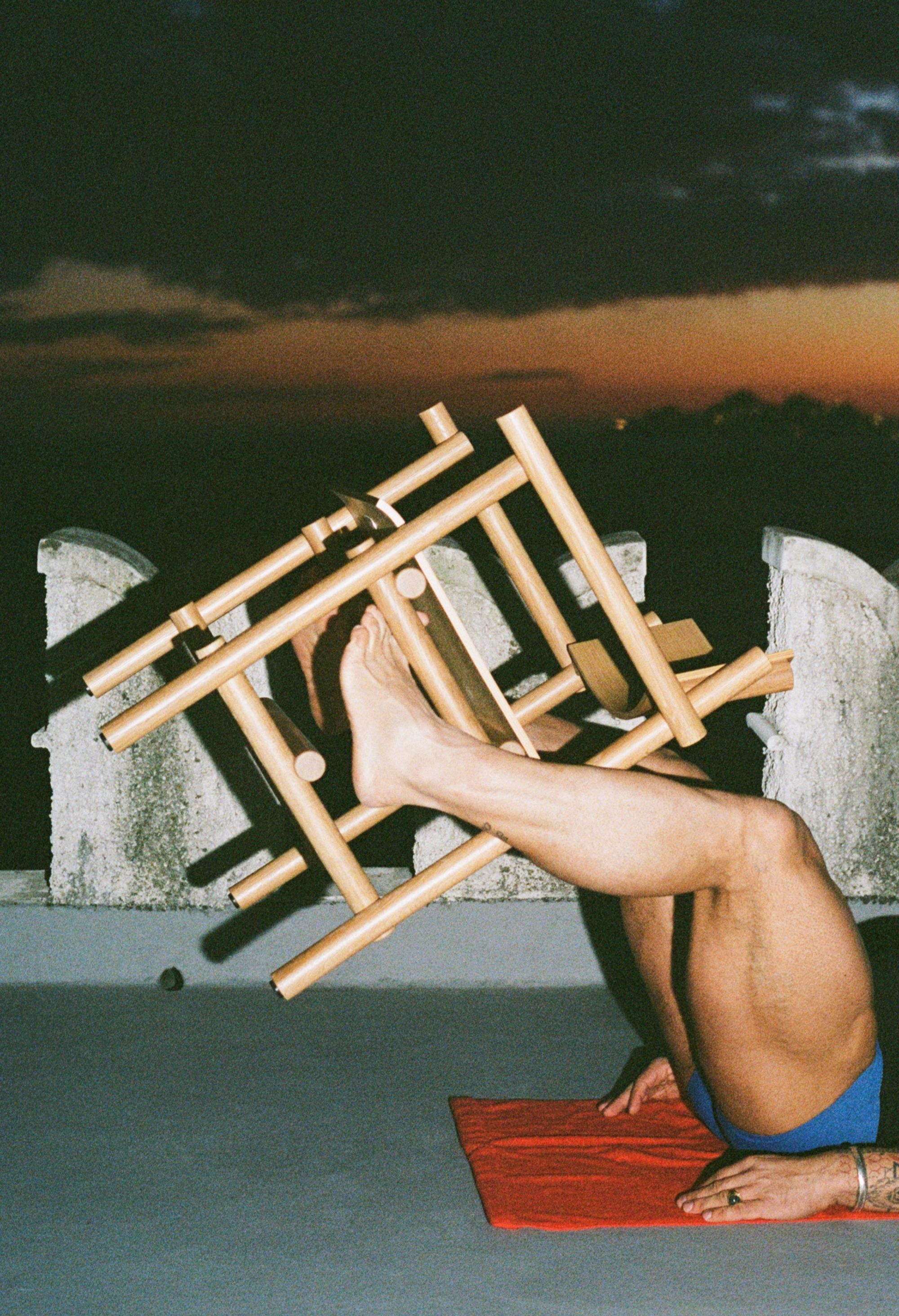
Story
JONATHAN MUECKE’S NEW ALL-WOOD COLLECTION FOR KNOLL
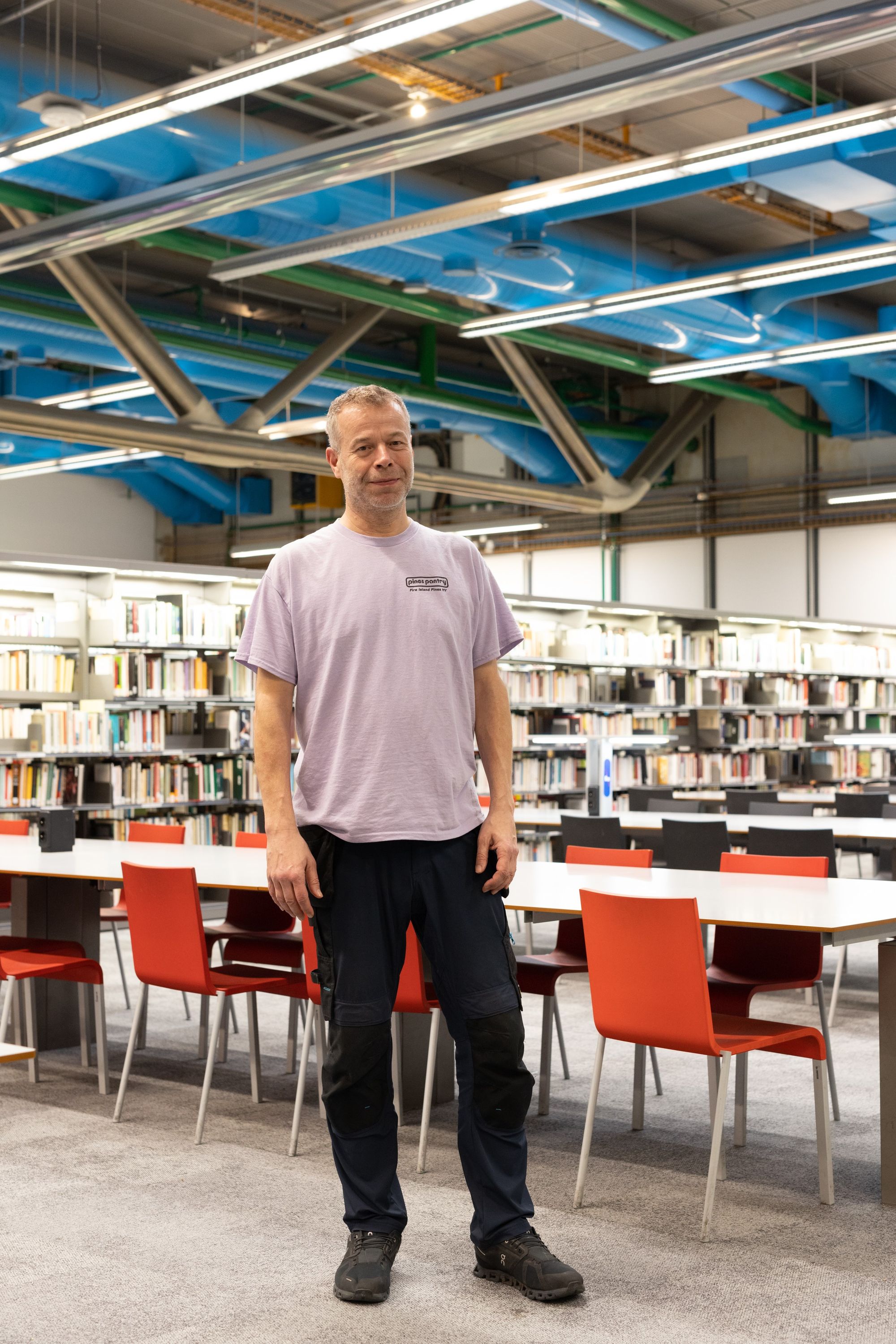
Story
WOLFGANG TILLMANS’S PAEAN TO THE POMPIDOU
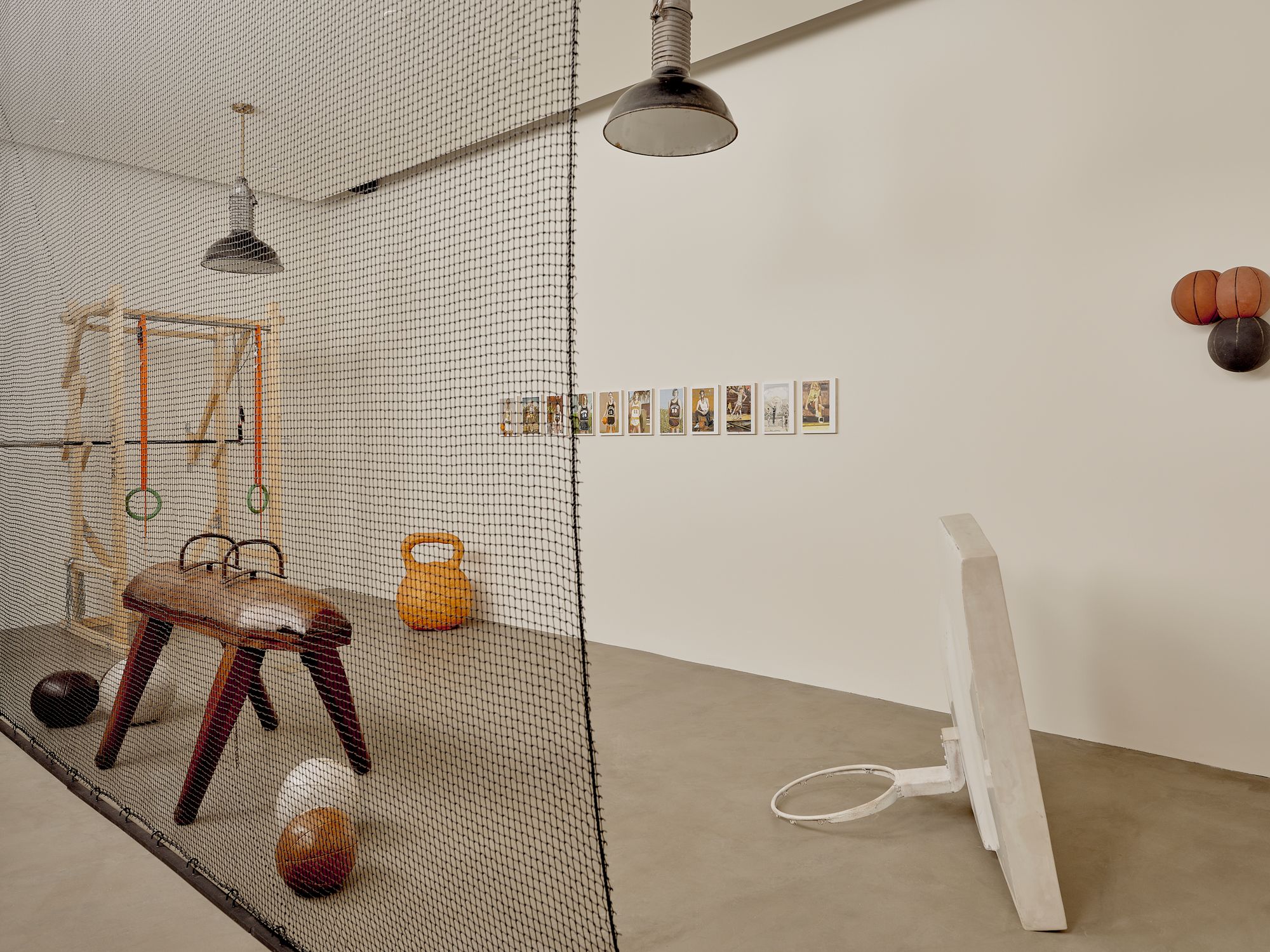
Story
REVISITING THE MODERNIST INTELLECTUAL-ATHLETE
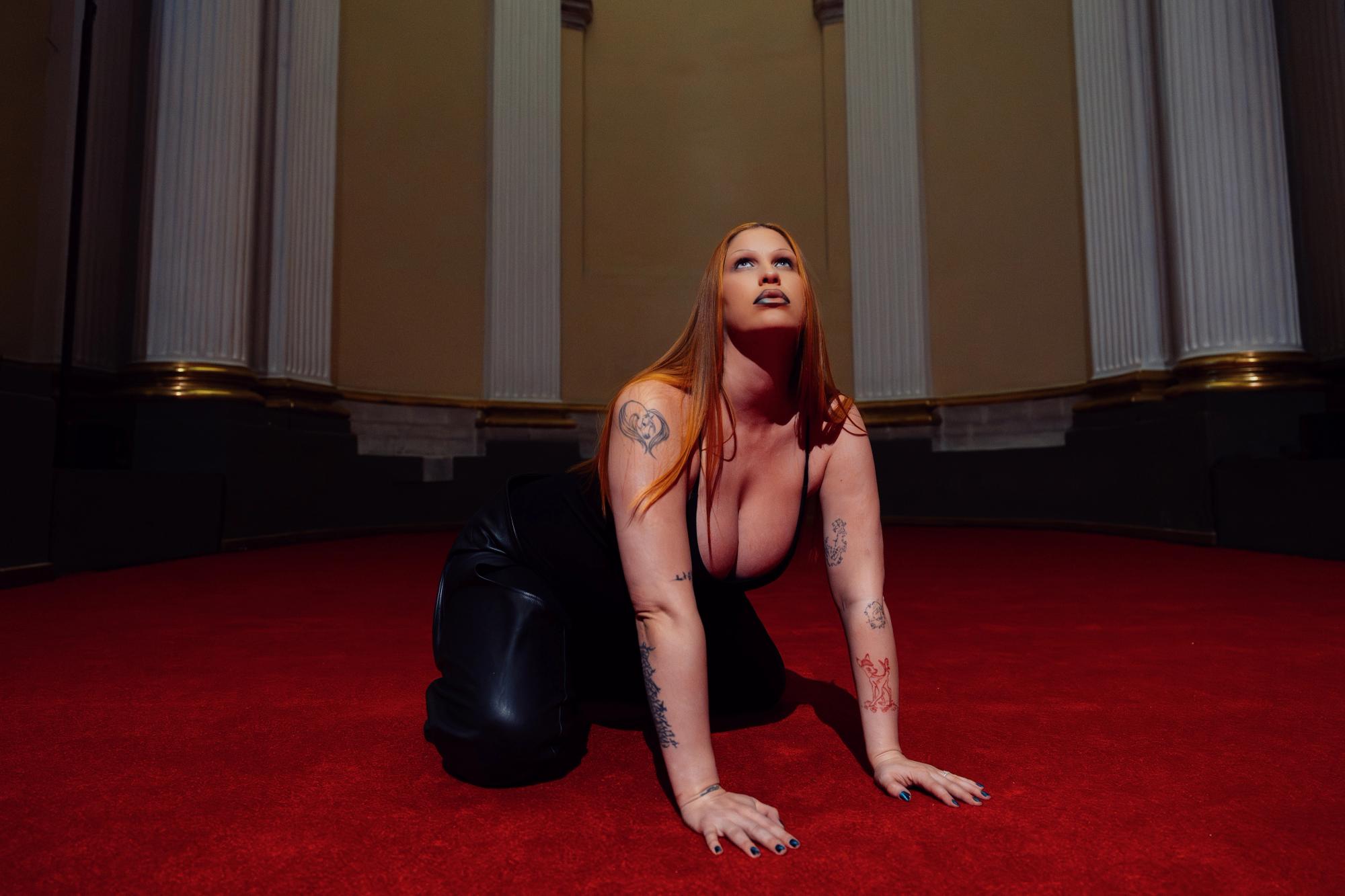
Interview
EARTHEATER GIVES BIRTH TO A BABY SHARK AT TONO FESTIVAL
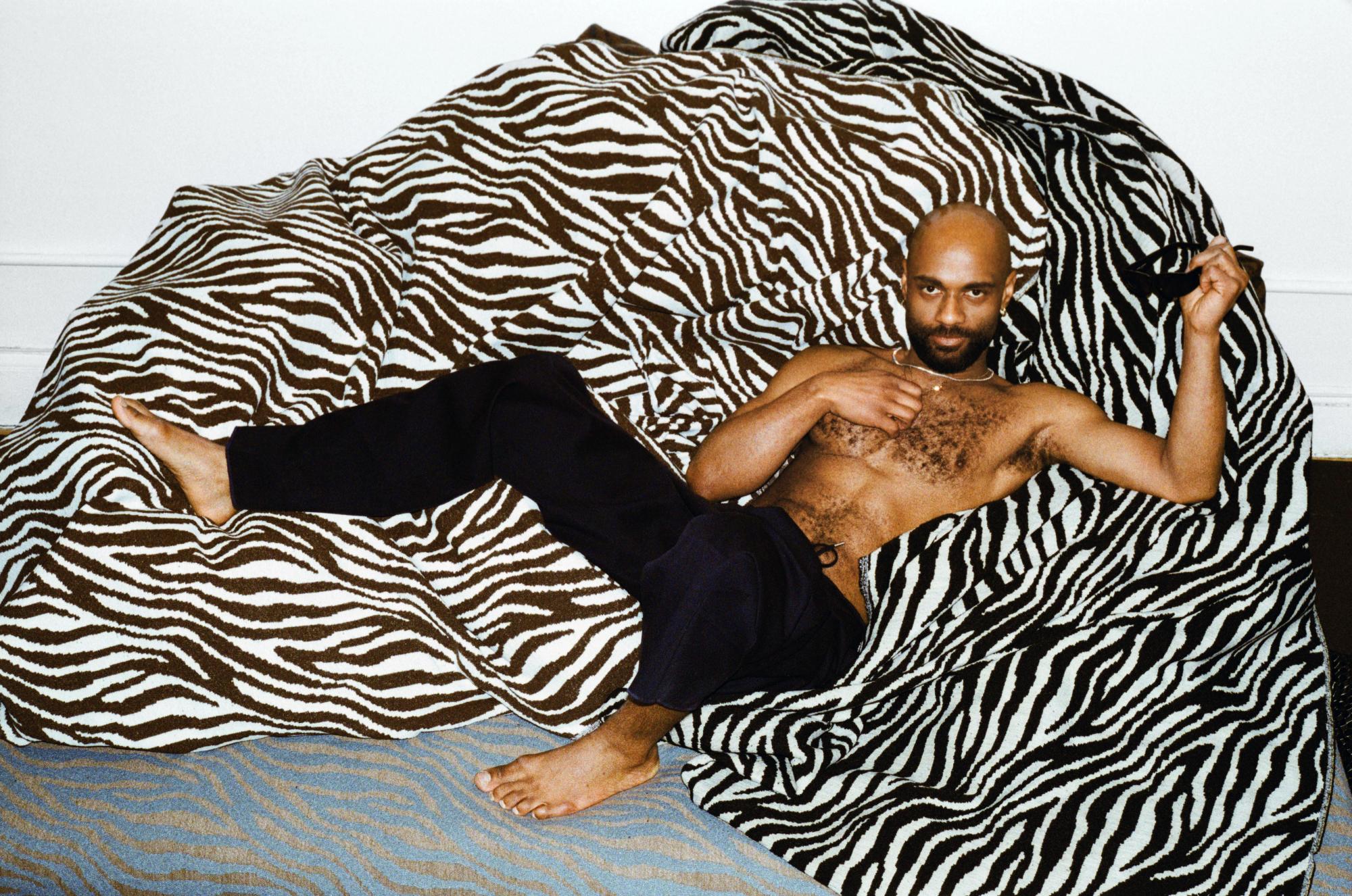
Story
TALKING TEXTILES WITH MARK GRATTAN
by Felix Burrichter
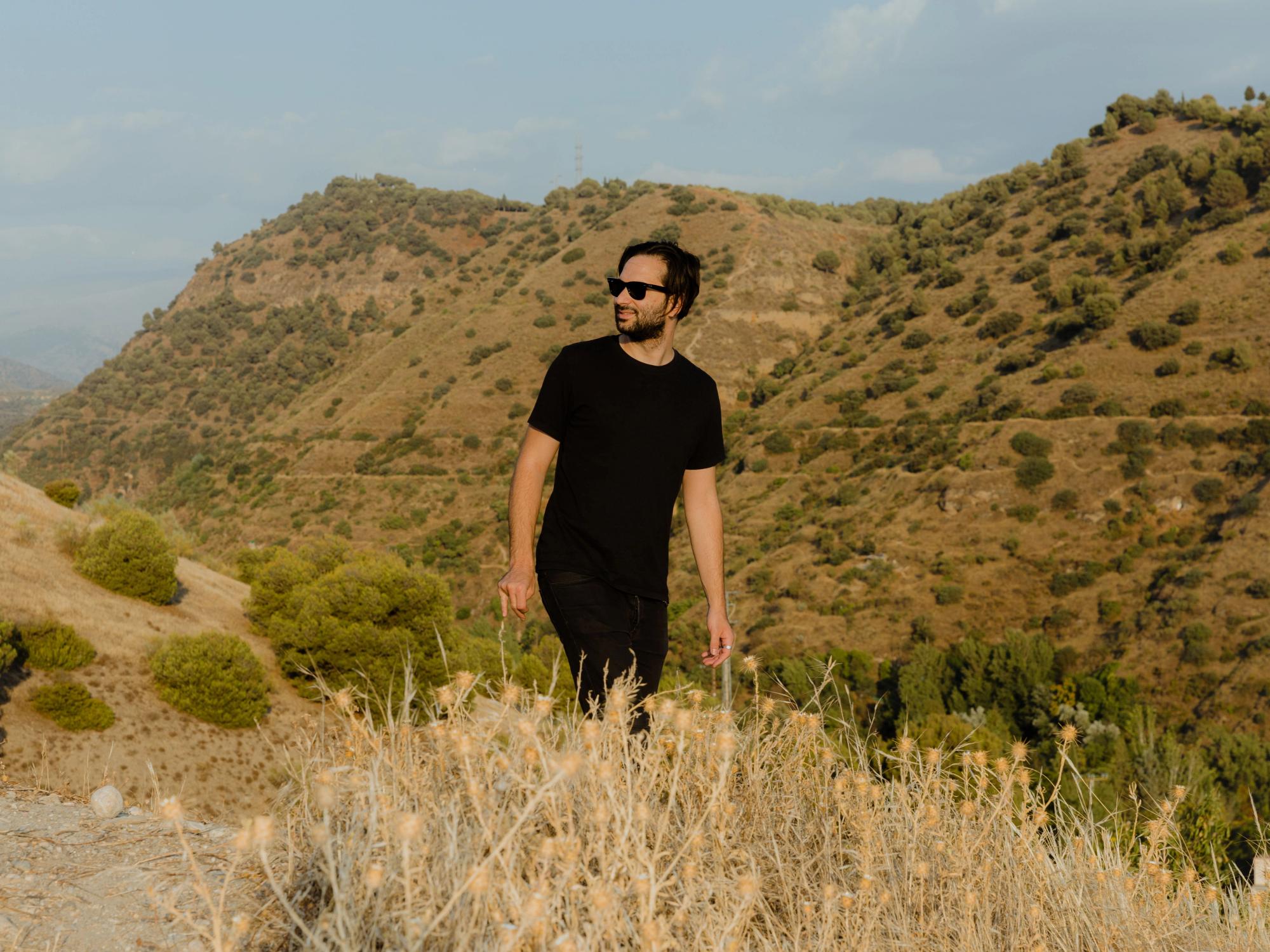
Interview
CHARTING DESIGN’S GENERATIVE FUTURE WITH TRAME’S ISMAIL TAZI
by Felix Burrichter

Story
20 YEARS OF THINKING BIG WITH PLAYLAB

Story
FAYE TOOGOOD’S SOFA FOR TACCHINI OFFERS COSMIC COMFORT
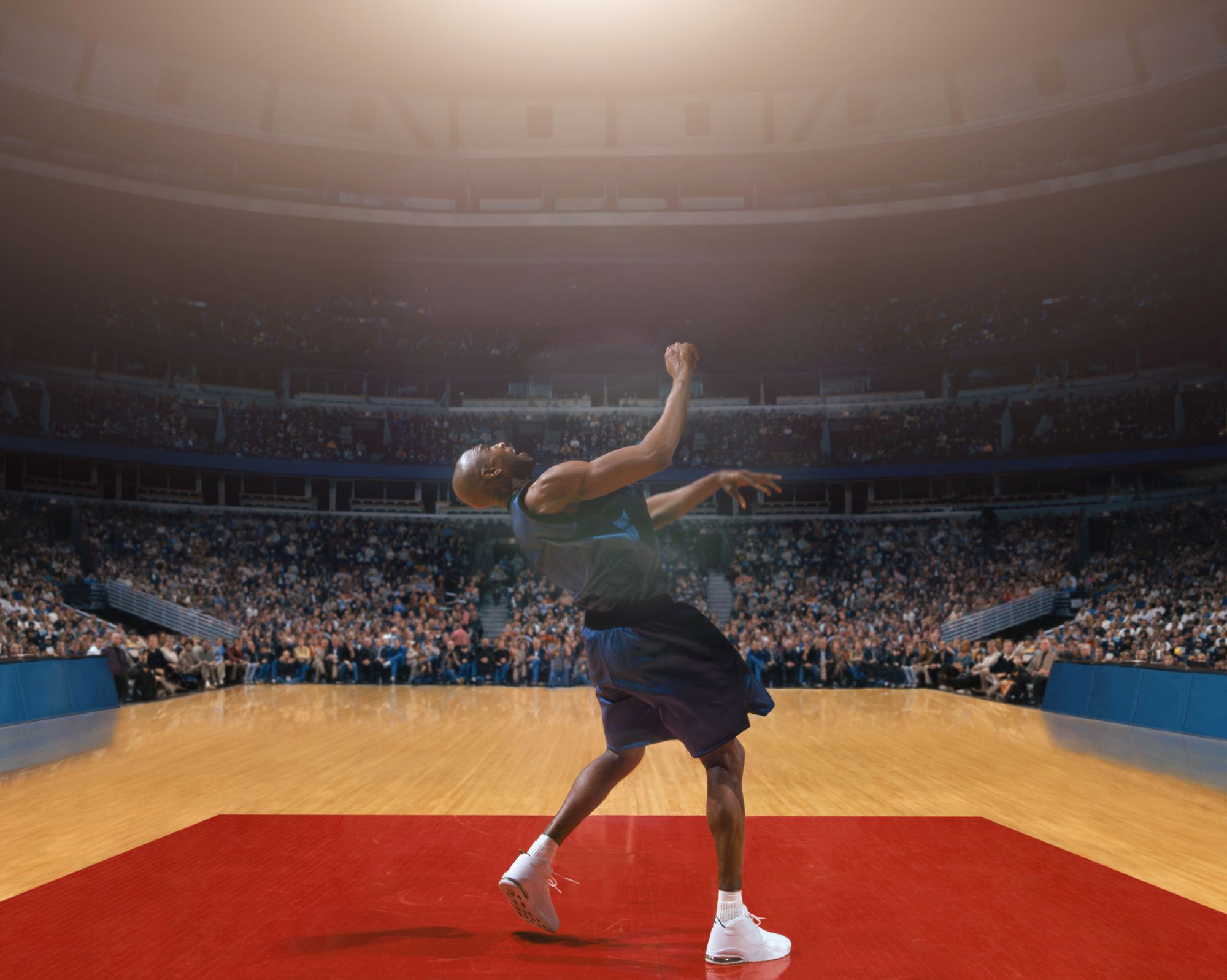
Interview
DESIGNING 25 YEARS OF PAUL PFEIFFER
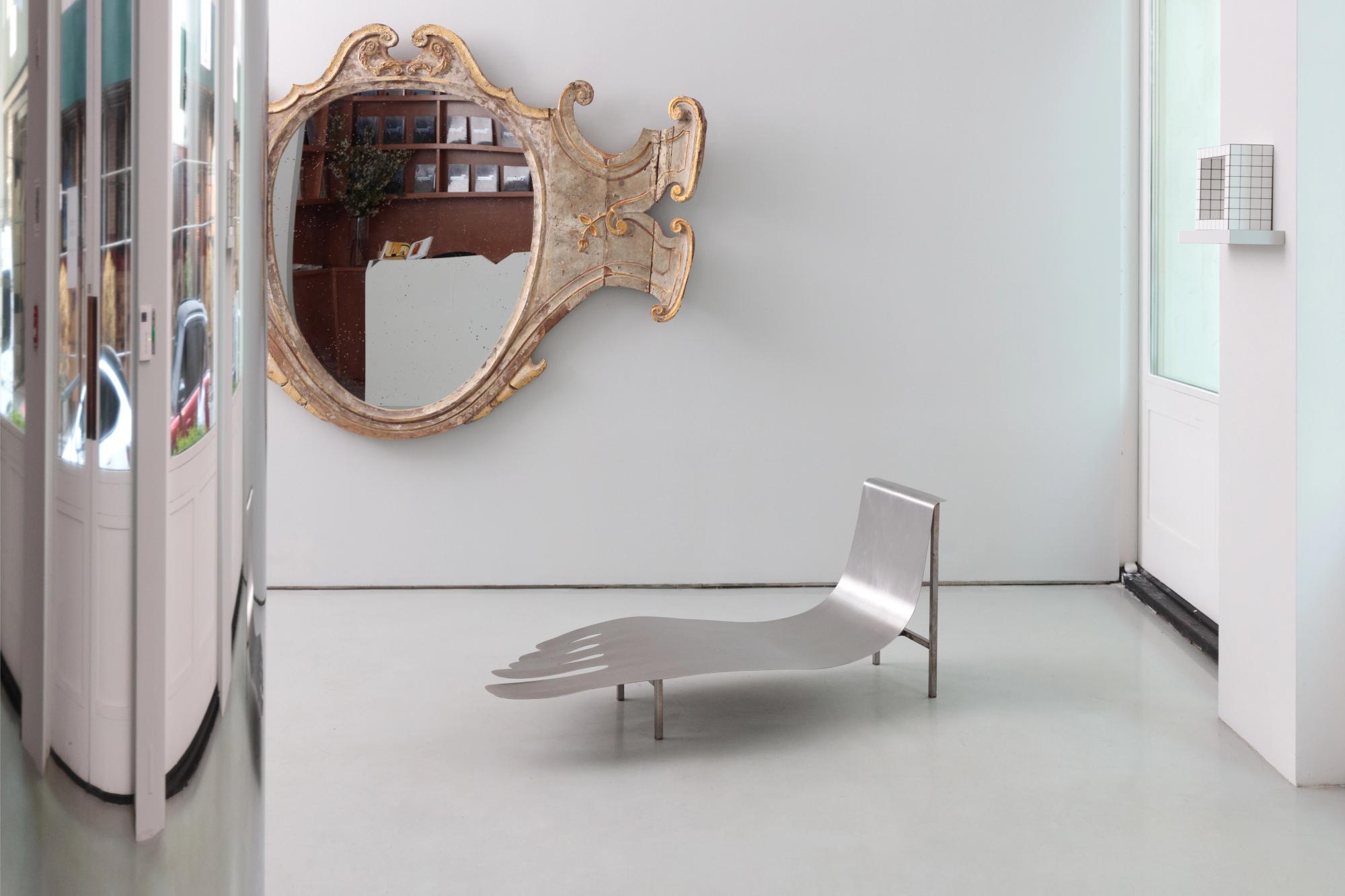
Story
CHARLAP HYMAN & HERRERO’S GLASS SUBJECTS
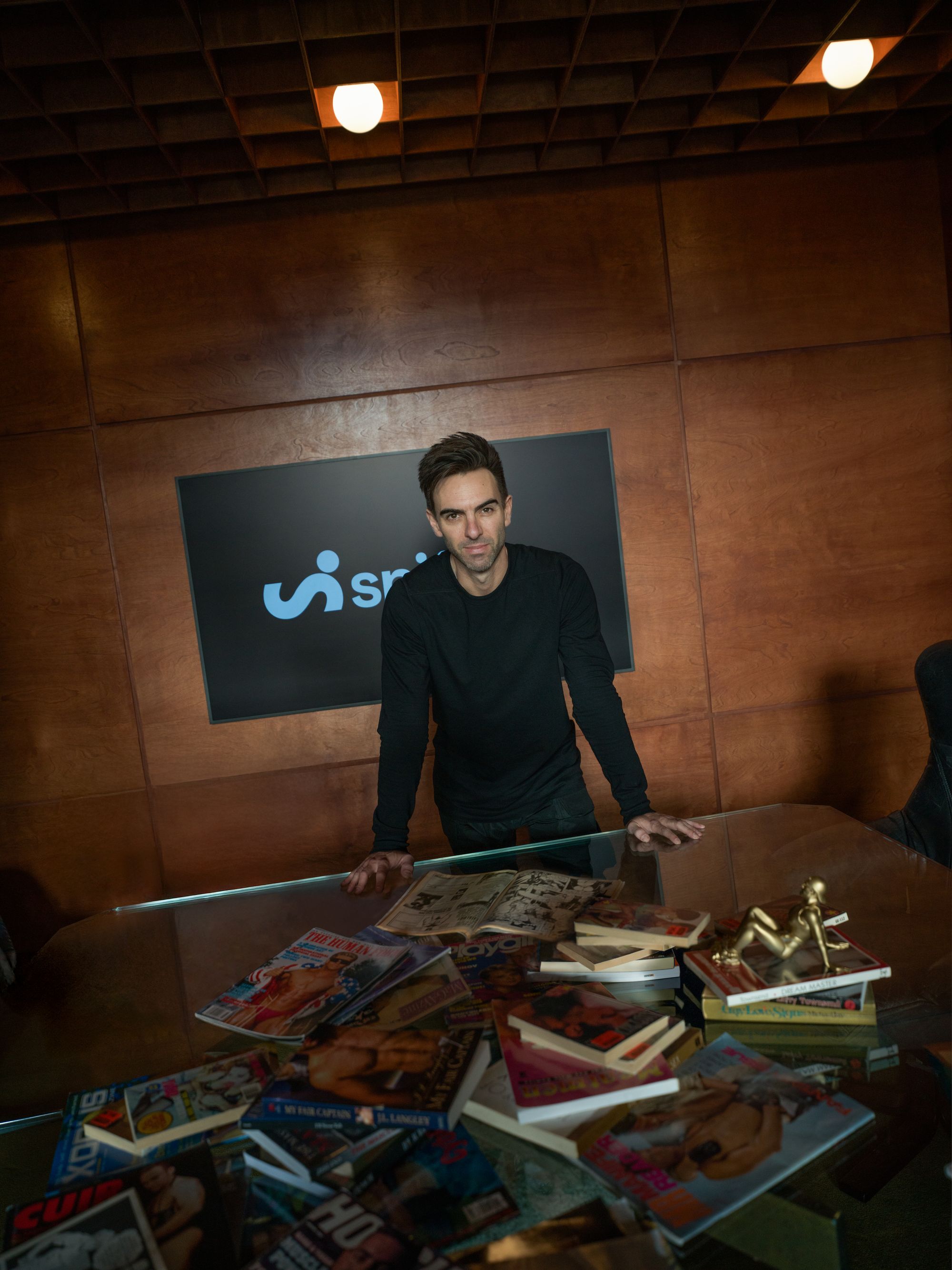
Interview
THE ARCHITECT WHO BUILT SNIFFIES
by Michael Bullock

Story
11 NYC CREATIVES CONNECTING THE DOTS BETWEEN ART AND DESIGN
by Rachel Hahn, John Belknap, Caroline Tompkins
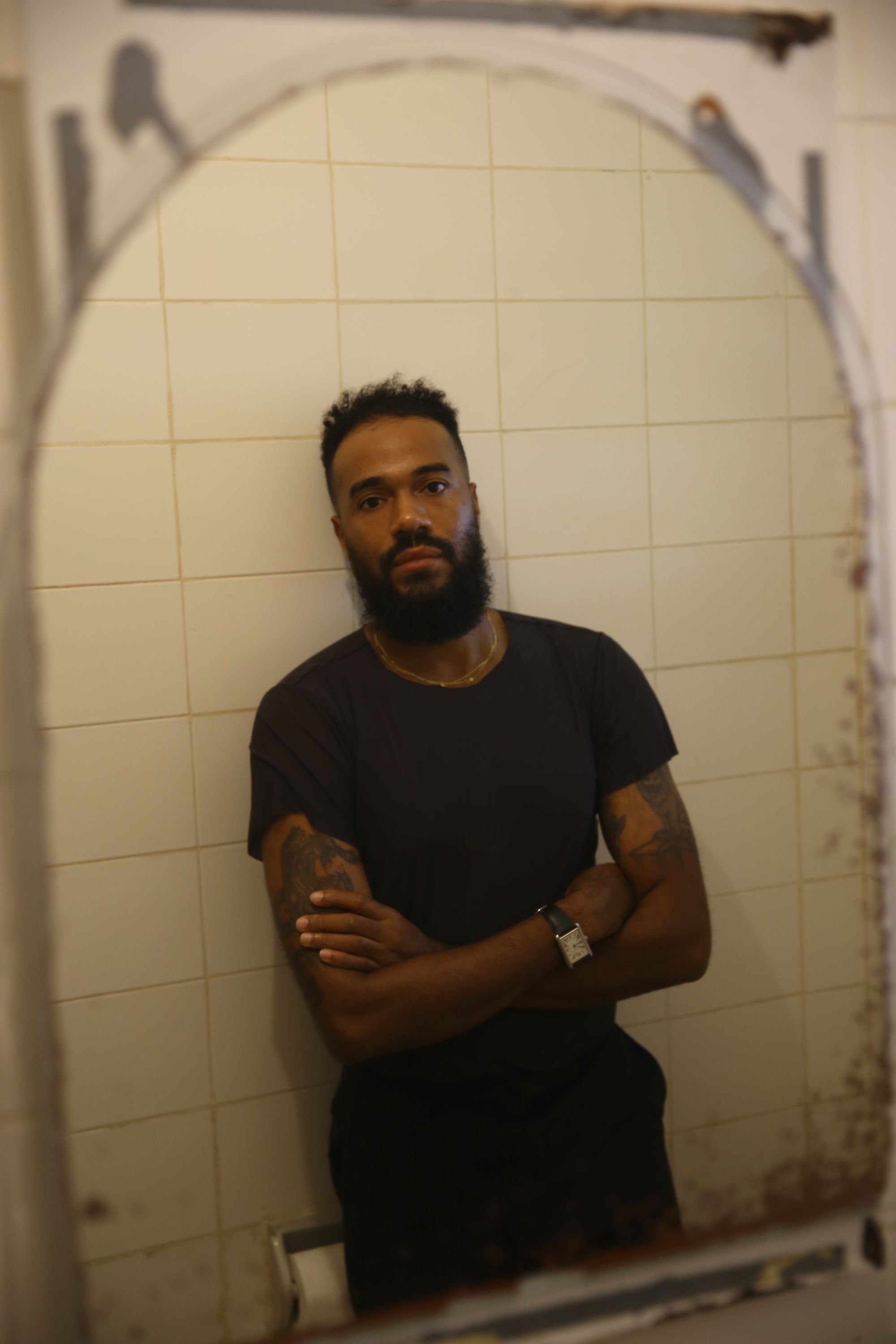
Interview
AN ARCHITECTURE OF ONE’S OWN WITH GLENN DEROCHE

Interview
AN INTERVIEW WITH FAYE TOOGOOD
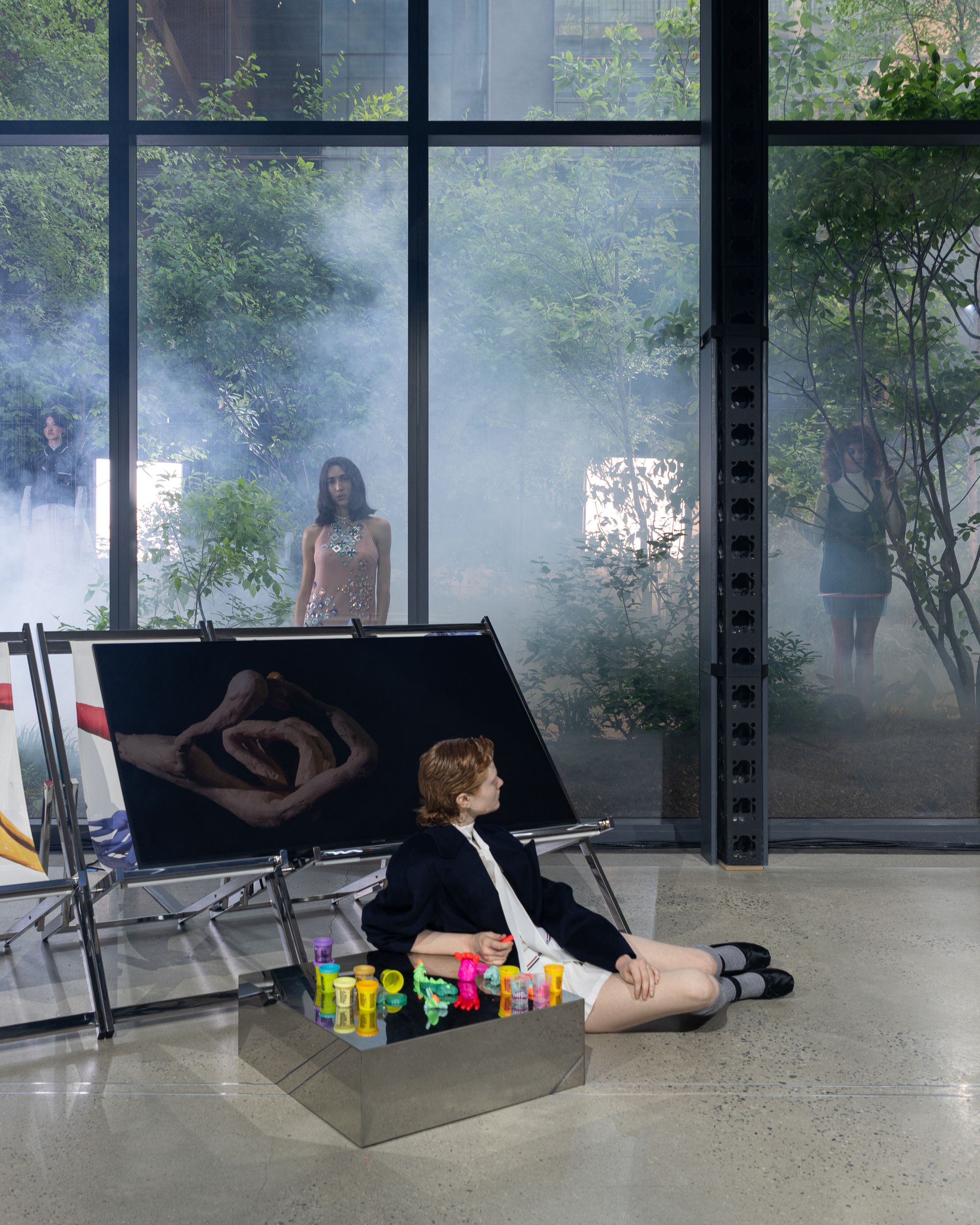
Story
AN ARCHITECTURAL STAGING OF THE MIU MIU WOMAN

Interview
AN INTERVIEW WITH FISH DESIGN’S ANDREA CORSI

Story
PIERRE PAULIN’S ICONIC F300 CHAIR IS BACK
by PIN–UP

Story
INSIDE THE HOME OF LATE JUAN PABLO ECHEVERRI, A POP CULTURE MASTERWORK
by Michael Bullock

Interview
SMILJAN RADIĆ’S FRAGILE VISION OF ARCHITECTURE

Story
Bolivia’s Cholet Culture Caught Between the World’s Leading Economic Forces
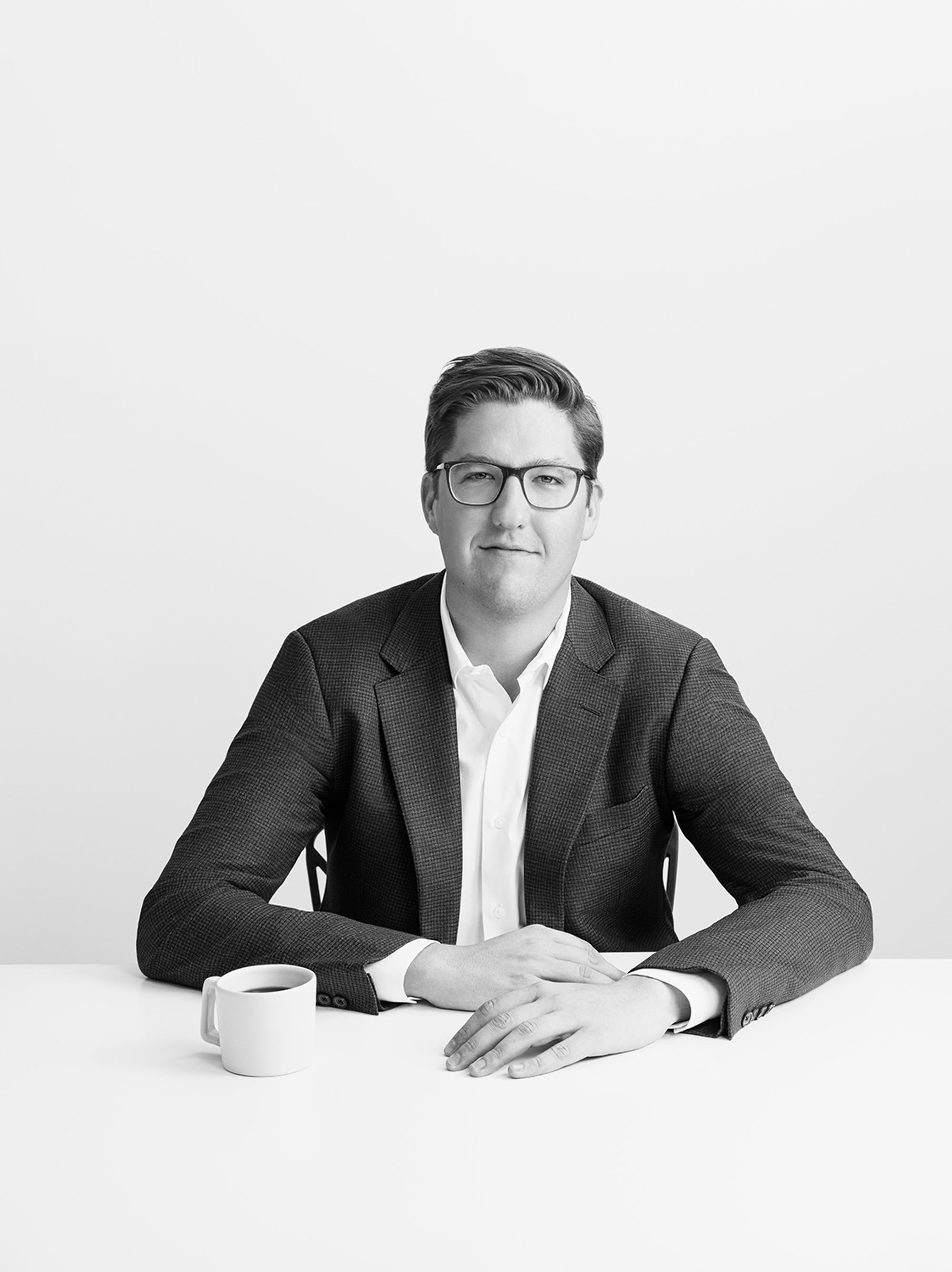
Interview
TAKING IT SLOW WITH SPENCER BAILEY

Interview
AN INTERVIEW WITH MARTINE SYMS
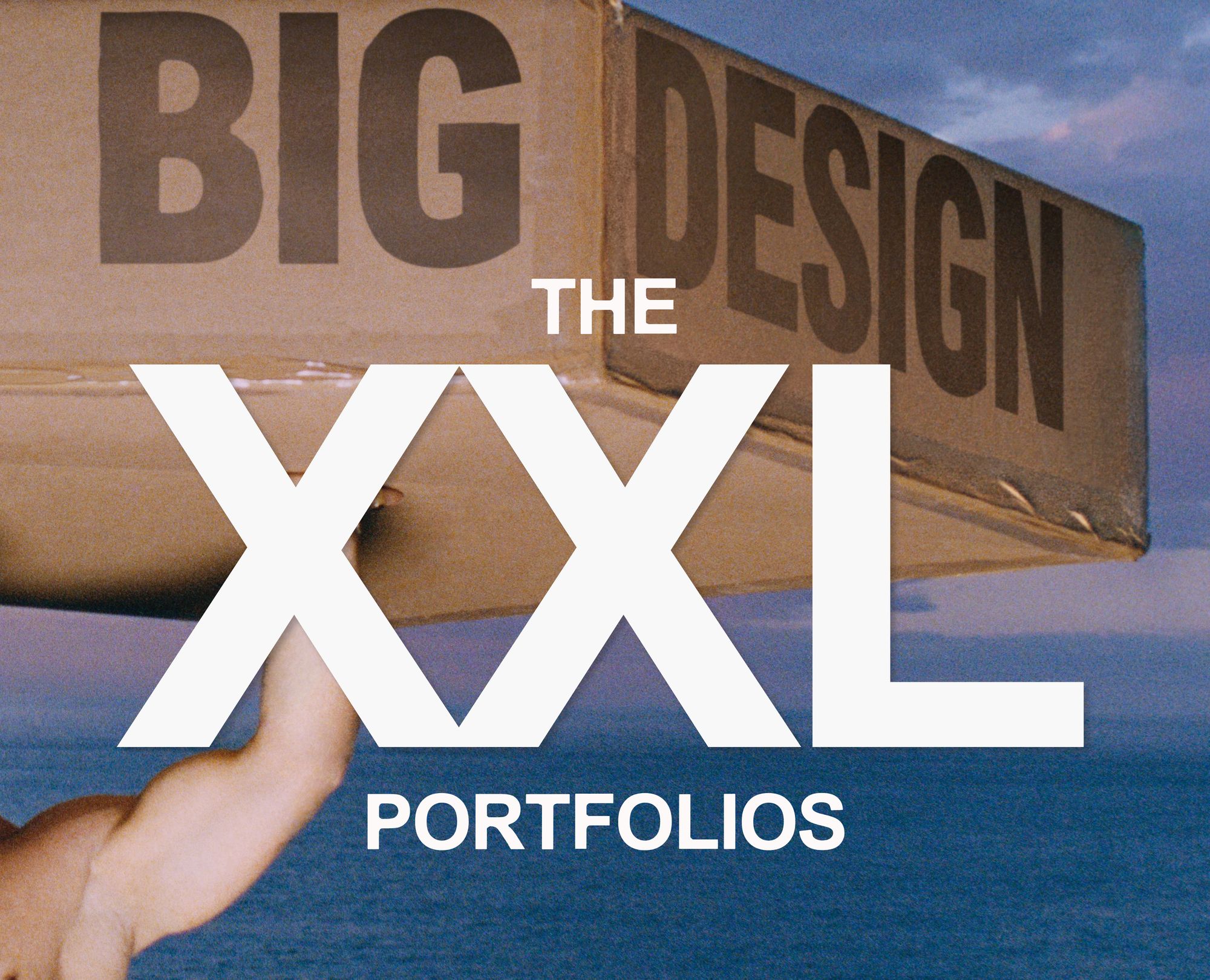
Story
THE XXL PORTFOLIOS
by PIN–UP
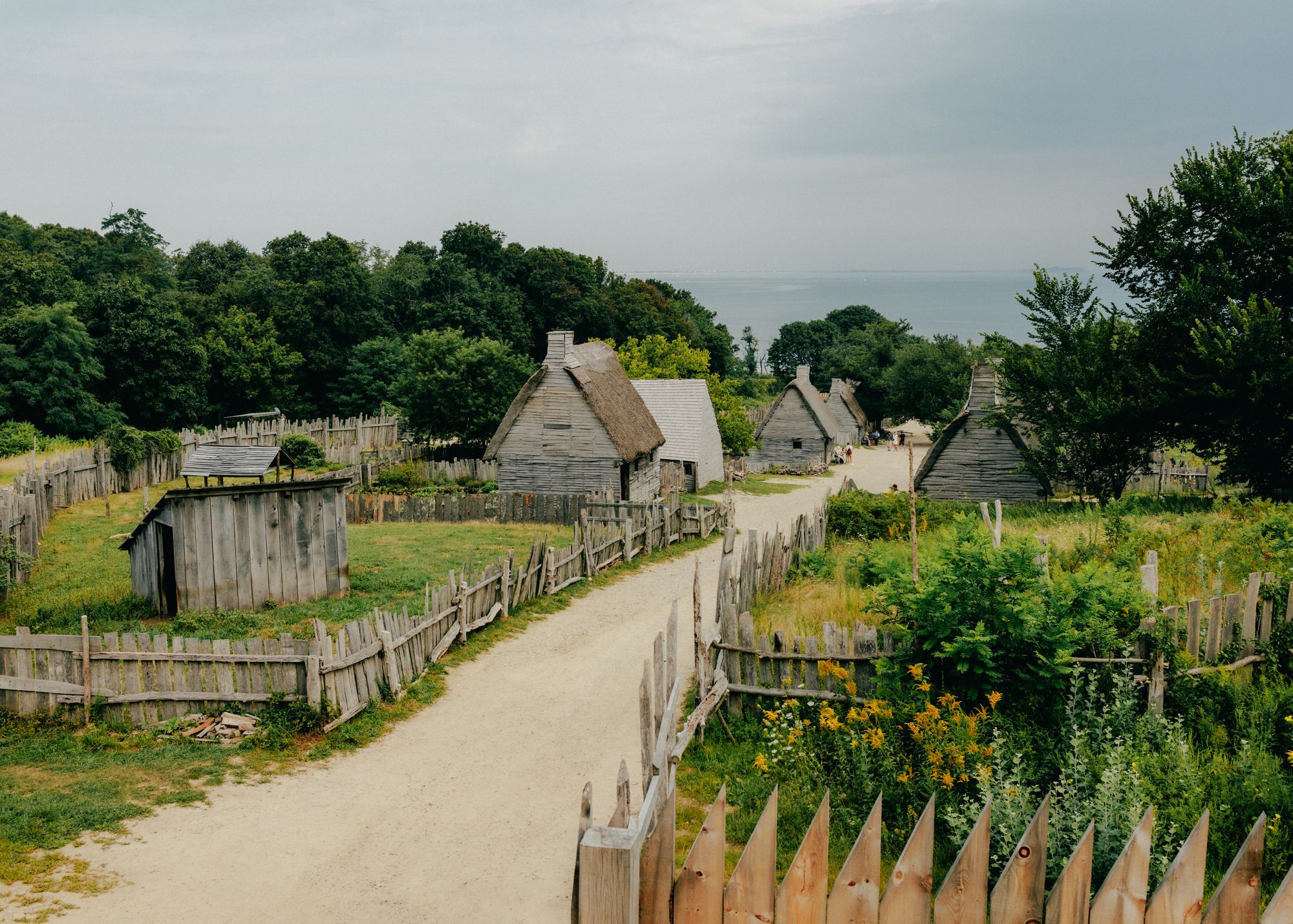
Story
LIVING MUSEUMS AND THE POSTMODERN PILGRIMS OF PATUXET
by Rachel Hahn
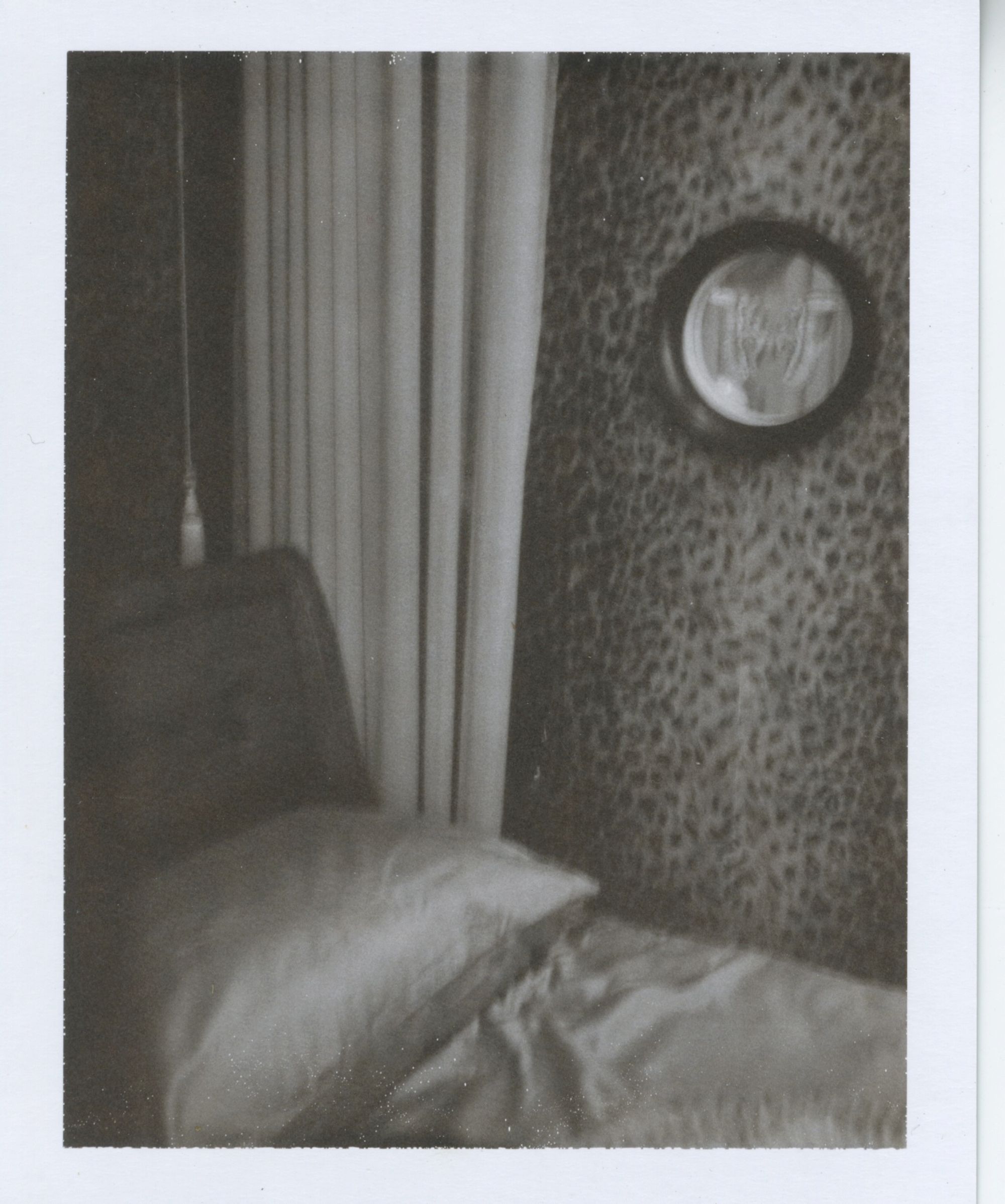
Story
PATTI SMITH CONJURES THE SPIRIT OF CARLO MOLLINO FOR BOTTEGA VENETA
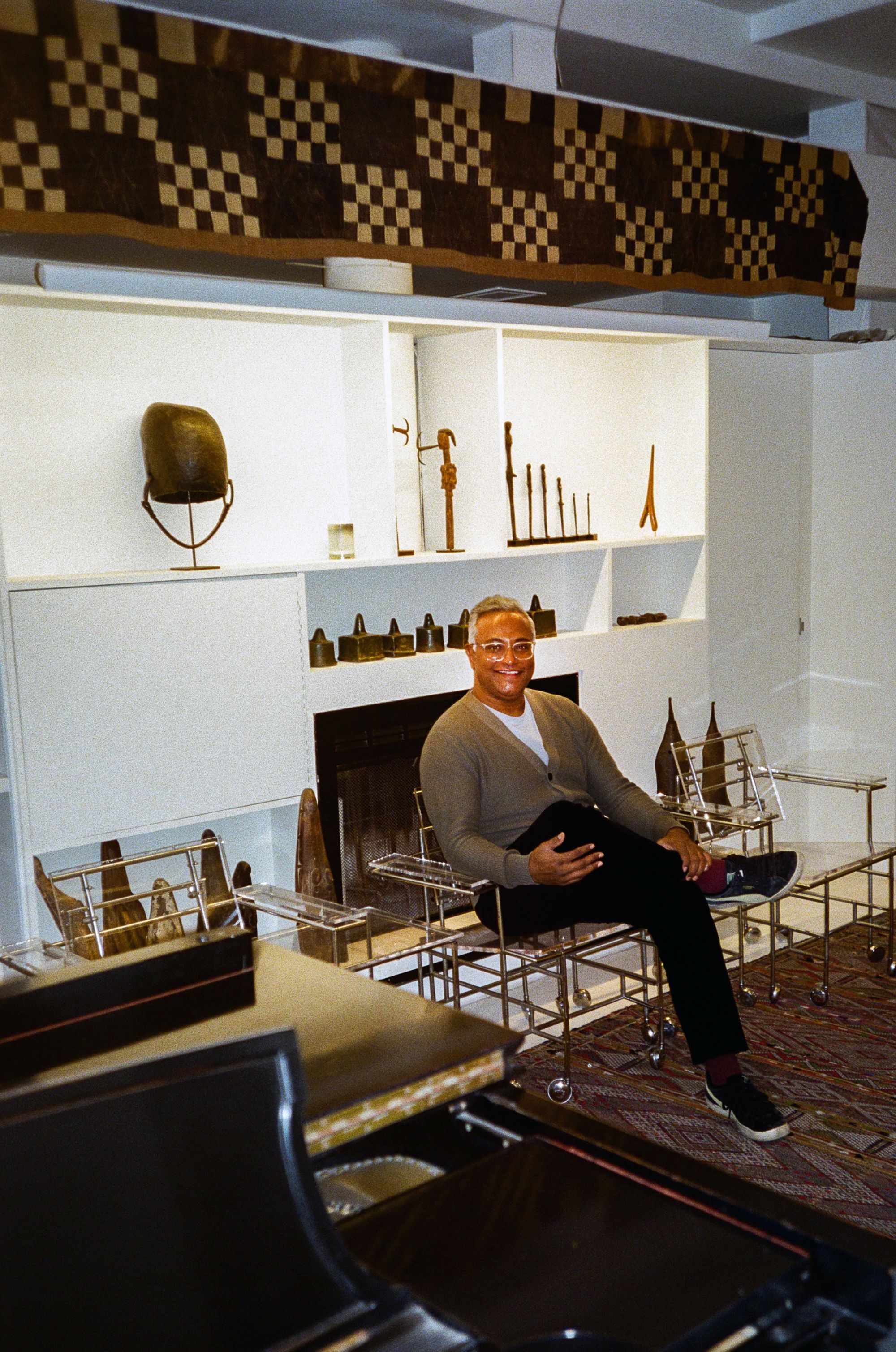
Story
CURATOR ABRAHAM THOMAS ON SIX WORKS THAT DEFINE PAUL RUDOLPH’S CAREER
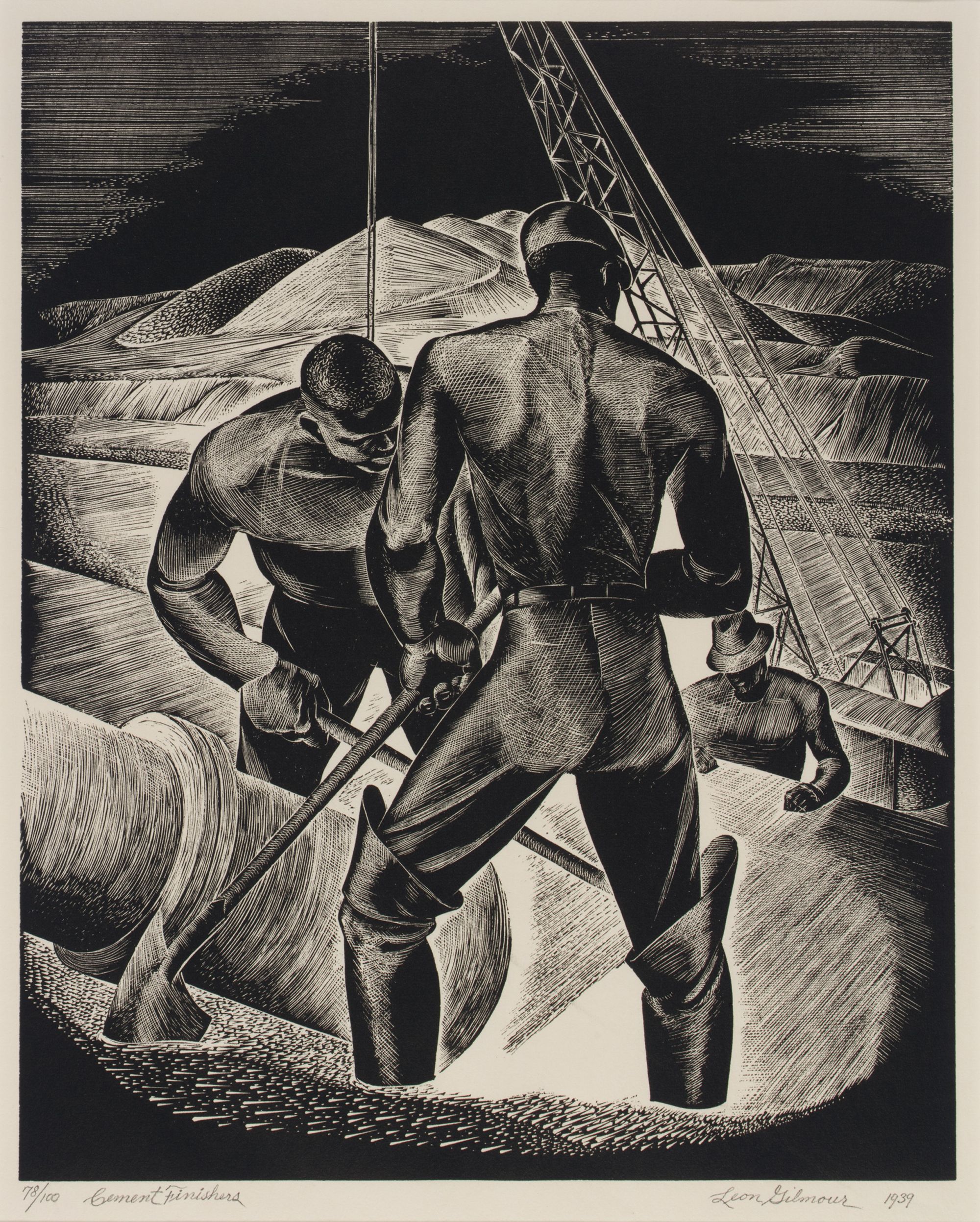
Story
TRAILING HOMOEROTICISM ALONG THE URBAN SITE
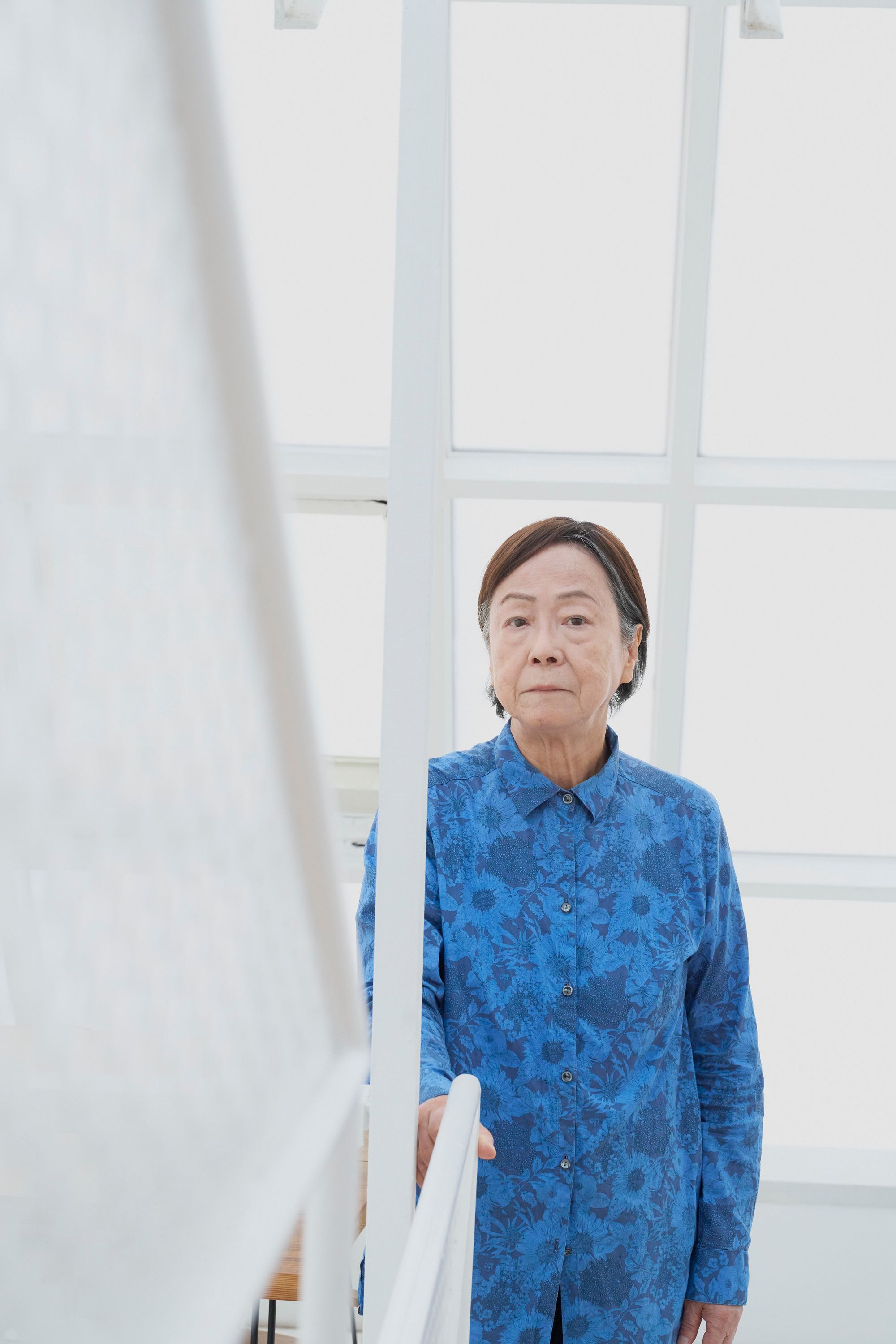
Interview
FOR ITSUKO HASEGAWA, ARCHITECTURE IS SECOND NATURE
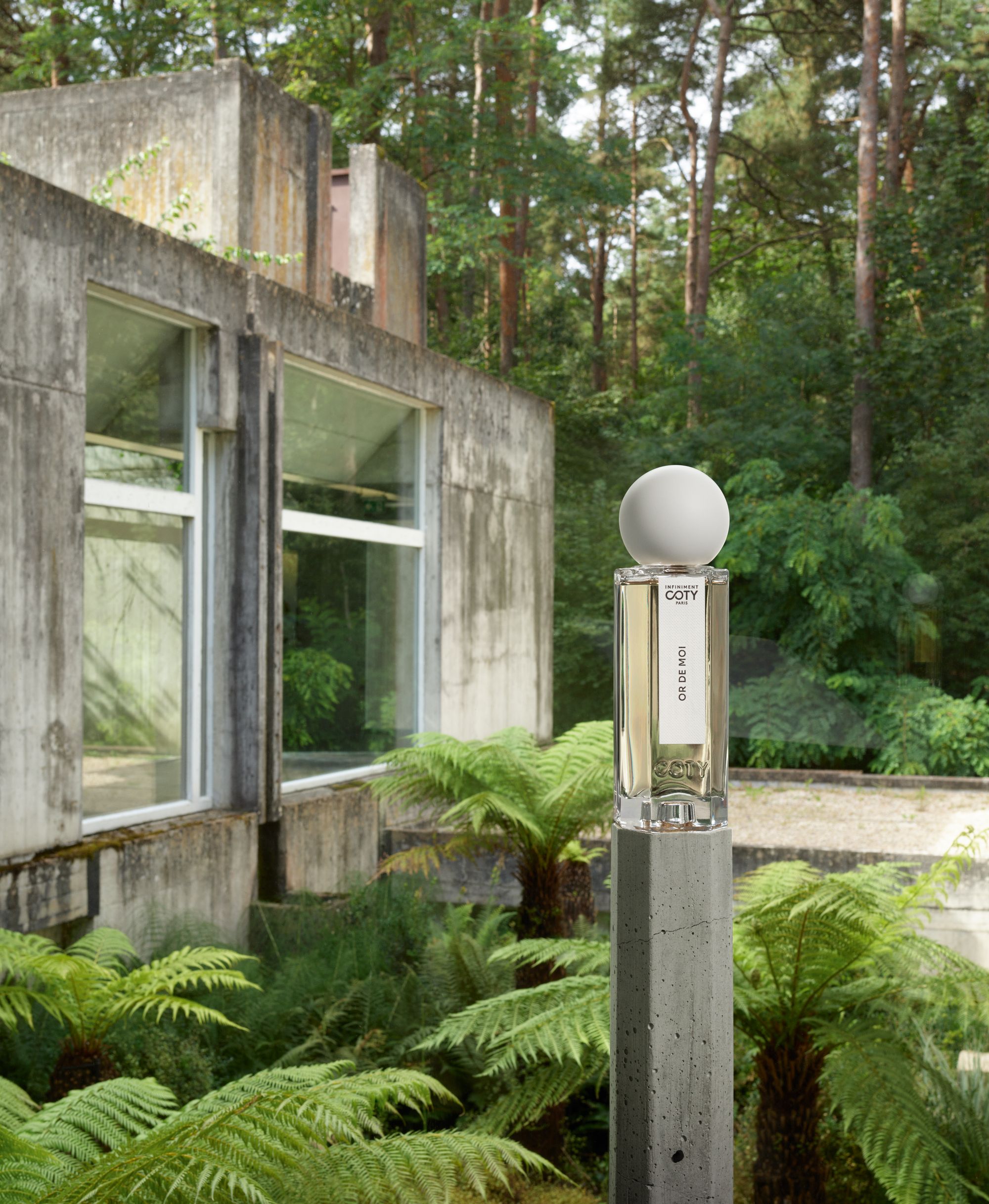
Story
INFINIMENT COTY PARIS: A STORY OF TIME AND SPACE

Story
BLU DOT’S OUTDOOR COLLECTION IS A PERENNIAL CLASSIC
